SENOR (Paris/Athens): Capturing the essence through freestyle
Paris-Athens
SENOR was born in 1983 in Paris of Greek parents and moved to Athens when he was 5 years old. He grew up in an artistic family, his mother was a painter and the family travelled a lot between Athens and Paris. In Paris, the young SENOR discovered graffiti writing and his mother bought him the book “Paris Tonkart” when he was 12 years old, which became a bible of French style writing for the young graffiti enthusiast. The book was published in 1991 by Tarek Ben Yakhlef and was the first book in France on the young French graffiti scene and the third publication worldwide on the subject after “Subway art” and “Spraycan art” from the USA. SENOR started tagging in 1995, his first pseudonyms were KITER and KEMO. A few years later, in 1998, he gave himself the name SENOR, a modification of the Spanish word “Senior”, which means Mr., Monsieur. He dropped the i and created SENOR, his artist name to this day. In 1999, he founded the crew TBD (The Brain Damaged) in Athens with which he mainly left tags and bombings in the urban space. Later, through friends of the Greek-French High School in Athens, he met some members of the crew DFP (Don’t Fake the Phunk) from Athens, founded in 1994/1995, whose work he already appreciated since the 90s. He became friends with ANTE, KERTS and TARÉ and often painted with them and integrated the crew in 2003.
In 2000 the young writer moved to Paris and lived there until 2010. In 2001 he attended an art school for one year and finally decided to study graphic design at LISAA (Institut Supérieur des Arts Appliqués) in Paris, an applied arts college, where he studied until 2006. After he decided to continue studying visual arts for three years at the public school Ecole des Ateliers des Beaux Arts, where he obtained a diploma in lithography.
During his studies, SENOR continued to practice style writing and began to try other letters with new names, such as TOOHIGH, SOUL,N’JOY,DTOX and KISS. As early as 2003/2004, he made his first attempts at abstraction on the wall with more gestural implication, body use and other techniques. He destroyed spray cans to improvise with the sudden jet of color. Even then, he did not want to stagnate in the practice of style writing and wanted to free himself from too rigid conventions in style writing and experiment more.
SENOR visited Berlin in 2004 and painted for the first time at the East Side Gallery, which will bring him his first connections with the local scene. The different styles practiced in Berlin made a lasting impression on him, as well as the work of the IND crew and the Jazz Style Corner, which he particularly appreciates for its improvisation and play with music and rhythm. He came to the German capital several times and also met some Berlin writers in Athens, with whom he still keeps in touch and maintains artistic exchanges, such as with GATE, BSOS and PRALL.
The importance of sketching
The constant repetition of the same forms means boredom, artistic stagnation and finally death according to SENOR. After years of practicing classic style writing in modified block letter form or semi wild style in the 90ies, and complex wild style mid 2000, he has been looking for renewal in the formal language for his pieces in the last 20 years. Even if he always goes freestyle without sketch or draft to the wall, with several ideas of a composition in mind, he emphasizes the importance of sketching for piecing and for finding a own formal/visual language in the publication „Seismograffiiti”, published by Pokedexer Fitiipedia.Dons.Net in 2018:
„Sketching has always been the alpha and the omega for style writing evolution. Like any discipline, the design of the letters needs practice if you want better results. It is like an athlete who wants to compete in the highest level and goes to the gym to exercise every single day. Or even better, like the scientist who spends innumerable hours in his lab trying to come up with new finds and get his research further. It’s your“ flight hours“. Sketching is also only the way to obtain one day your own personal style. Only by trying new things on paper first, you will be able to repeat this with success on a wall or something else. In my opinion a sketch is to be done once, it has to do with your psychosynthesis at this specific moment. That’s why I freestyle when I’m piecing, otherwise I would have been bored to death.“
Senor, Sketch ©Senor
Senor, Paris, 2006 ©Senor Senor, Paris, 2006 ©Senor Soul by Senor, Paris, 2006 ©Senor Kiss by Senor, Berlin, 2006 ©Senor dtox by Senor, Athens, 2006-7 ©Senor dtox by Senor, Athens, 2006-7 ©Senor Senor, Paris, 2007 ©Senor dtox by Senor, Athens, 2007 ©Senor Senor, Paris, 2008 ©Senor Senor, Paris, 2008 ©Senor Senor, Athens, 2011 ©Senor Senor, Athens, 2011 ©Senor
Capturing the essence with freestyle
SENOR works primarily with the line, then the color, drawing is dominant in his work, also in his pieces, and yet they include painterly approaches especially in his works after 2013. The impulsive, dynamic, gestural work with paint reminds abstract expressionism, and futuristic modes of representation for movement and dynamics with geometric shapes can be sensed in some of his works as well. Dynamic, spontaneous and impulsively executed, SENOR increasingly uses techniques with acrylic paint and tools such as rollers and brushes in addition to the spray can after 2010. Besides many monochrome filigree outliner throw ups with spray can, he usually works with 2 to 5 colors for his pieces. His applied color palette results mostly from residual colors of basic colors of acrylic, which he always has on hand, and which he defines and mixes for each wall piece during the painting process.
From 2013 SENOR’s pieces become more abstract, the letters sometimes merge into each other, are stylized, alienated and driven more into verticality. The artist deliberately wanted to break the legibility of the letters, to work on the dynamics of the forms and its exaggeration, and also plays with mistakes that sometimes happen during the process. “Mistakes are important, they are not simply painted over, but embedded in the construction of the composition to find a new balance and ultimately draw a strength from the initial error“, explains the writer. One must take risks and accept failure in order to achieve innovative pictorial results, not to remain rigid in what one can already do or believes one can do. Artistically, SENOR decided not to remain so strongly entrenched in the graphics, but to move further away from the letter representation, to open up, to think graffiti more freely and painterly, and to consciously lean on the visual arts. Thus, he creates his own universe of piece-images with a very personal handwriting, constructing his pieces like an architect with abstracted geometric forms and color fields. The development of his visual language also includes the search for other formats for his pieces. Therefore he created pieces on square or portrait format defined in advance and painted as backgrounds to break with the typical horizontal format for graffiti pieces. Experimenting with different parameters plays an overriding role in SENOR’s painting process. By using rollers, for example, he developed a new way of drawing lines, of varying the thickness of the stroke spontaneously, and thus also new ways of constructing or deconstructing letters on the wall.
From 2015 the graffiti writer combines in his pieces increasingly large circular shapes, strokes and color fields that allow more gesture, movement and dynamics. Abstracted stylized dynamic forms flow more freely into each other, the more freely constructed compositions are balanced and seem to float like biomorphic entities full of energy. His pieces become more painterly, more plastic and gain expressionist power. With the roller, SENOR applies in some pieces the acrylic paint more coarsely, with color transitions and shadings in the color areas of the filled round shapes. It emphasizes the rough texture of the wall, traces of the roller and brushstrokes become visible. Even if those pieces are abstract, SENOR still hints at the five letters of his name with maximal reduced stylized forms, hints of beams, sweeping lines or interior and exterior spaces of the letters, only suggesting the basic motif, namely the name of the author, a leftover of his letter forms, maybe the length and proportions of his written/painted name. Even in his elaborated pieces the special dynamism of his handwriting remains present above all, and still contain the essence, the energy through his line work, the gesture of tagging, of a quick throw up. This can be found especially in his Oneliner works, which for him are tag, throw up and graffiti piece in one, executed very quickly and instinctively, like a fast large-format sketch, which according to SENOR contain all the power and essence of graffiti.
For the French-Greek artist, who has been practicing and rethinking style writing on a daily basis for 25 years, graffiti writing has and should continue to open up to other forms of visual expression, such as painting, comics and also deal with various art movements. The artist appreciates the idea of a fusion, the creation of something hybrid as part of the evolution of art, testifying artistic freedom. This openness can produce novel interesting results in graffiti writing, especially in the creation of large format pieces/murals on the wall. Thus, by not stagnating within a style and technique, surprising original works can emerge, images that, thanks to their fresh power, expressionism and strength, leave new impressions, are stimulating and inspiring.
Senor, Athens, 2018-19 ©Senor Senor x 3, Athens, 2019 ©Senor Senor with Gate, Athens, 2019 ©Senor Senor with tarta, Athens, 2019 ©Senor double, Senor, Athens, 2019 ©Senor Storm by Senor, Pyrgos, 2020 ©Senor Senor, Kalymnos, 2020 ©Senor Senor, Athens, 2020 ©Senor Rage dust by Senor, Athens, 2020 ©Senor Senor, Athens, 2020 ©Senor Senor, Athens, 2020 ©Senor Senor, Athens, 2020 ©Senor Senor, Athens, 2020 ©Senor Senor, Athens, 2020 ©Senor
Graphic works, sculpture and performance
SENOR has been working in his studio since 2005. Ink drawings on paper is his most applied technique. Actually he is working on the study of organic, biomorphic micro/macrocosmos universes, where scale is not defined and nature patterns become his drawing vocabulary for a new series. In recent years sculptural works as well became important in SENORs artistic practice. He defines his sculptural works still as experiments. For his series “Outside in” he used Ytong, a lightweight material made of hardened, fine-grained aerated concrete, finding a new meaning in his use symbolic for the streets and graffiti eras, bringing the outside inside the exhibition space. SENOR is still exploring new techniques and materials especially in sculptural practice. In addition to these works, he also produced (video) performances that deal with the subconscious in free drawing, such as in his performance “The Five Fingers Zen Gnossienne’“. For this work, SENOR transforms his hand into a new tool, where each finger is connected to a chalk. The sense of timelessness and infinity is conveyed through the artist’s experimentation with his repetitions, such as hypnotic grinding, like an automatic drawing.
Senor, rhythm serie, lithography, 2005-06 ©Senor Senor, alpahblock sculptur, 2010-14, Athens, private, building ©Senor Senor, Logothetidi, 2010-14, Athens private building ©Senor Senor, untitled, 2016, technique on canvas, 100×100 cm, Necessity exhibition, space Athens ©Senor Senor, untitled, 2016, technique on canvas, 100×100 cm, Necessity exhibition, space Athens ©Senor Senor, Outside in Inertia show, Athens, place, 2021 ©Senor Senor, drawing rotring, Athens, 2020-21 ©Senor Senor, technique, 2020-21 ©Senor
About his last performance work together with the Berlin Writer GATE of 2021, the artists wrote the following statement: „The present visual experimentation reflects a dialogue with a critical mood, a conflict of means of expression aimed at the production of borders that express qualitative elements of society It is a spiritual and physical journey taking advantage of the choreography that the various different scales we experimented with, created. If we had to place our energy around a context, it would probably be psychogeography, however, because expression is defined by its freedom and subjectivity, our common goal is to attribute the interpretation that each recipient receives to this work. It is obvious that a straightforward reading would be diametrically opposed to our intention. This is due to the fact that the very process that we followed attempted to approach uncharted areas of our subconscious by simply following a basic stimulus. Our main concern and stimulus were the multitude of emotions and questions which can could arise from the comparison of between nature and technology (…). „ Finally, since our interest is in the process, the flexibility and transformation of the action, it is worth noting that from the beginning we aimed at the utopia which derives from the process and not the result. For us, the experiential journey is defined both at the moment of the act and the deeds that traveled us so far. Our semiography and notations were discovered by chance, by creating mistakes while at the same time trying to approach the uniqueness that everyone develops if they stop thinking logically.“
Thematically, SENOR’s performances tie in with the freestyle graffiti writing he has been doing for over 20 years and what seems to be extremely important: the creative process in the moment, which, thanks to flexibility and transformation of actions, creates not only unique images but also new impulses and fresh momentum.
1,069 views
Categories
Tags:



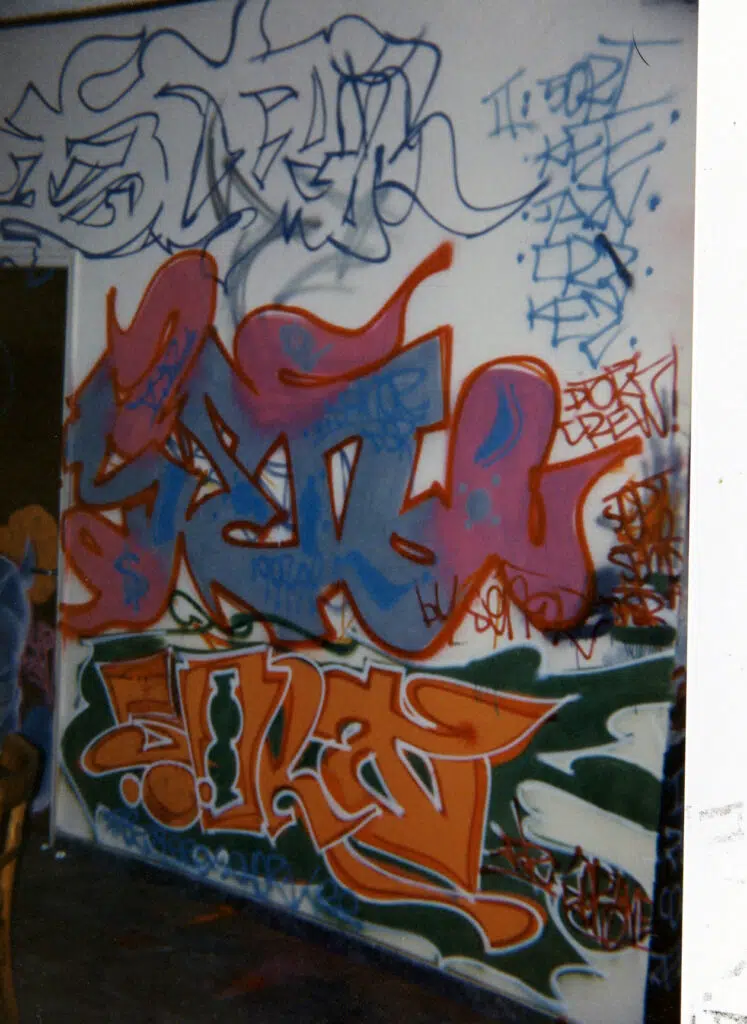
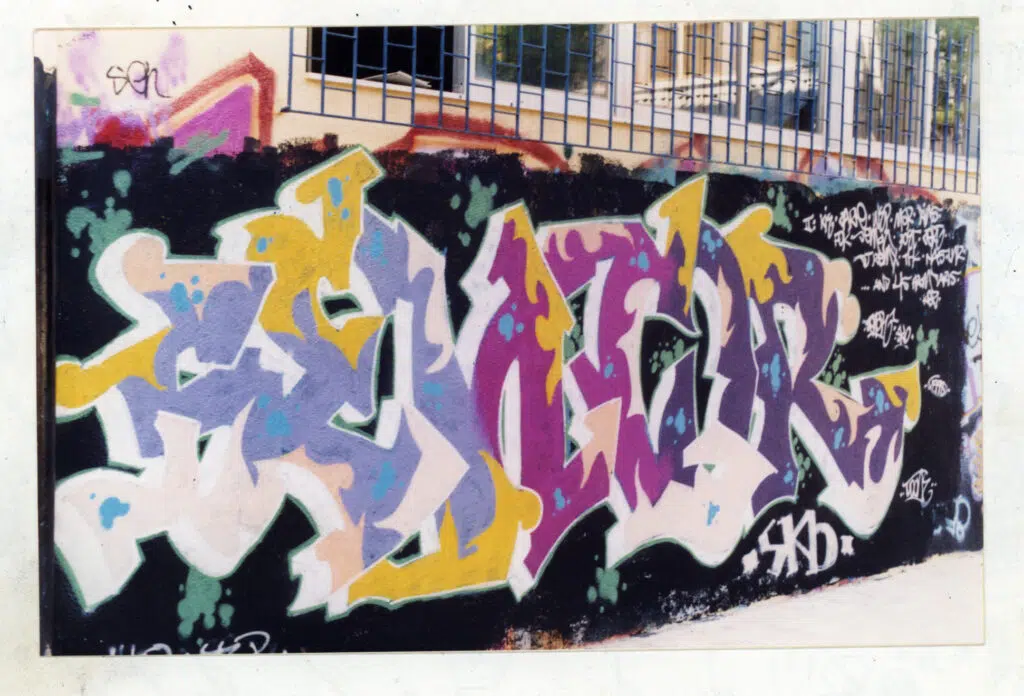
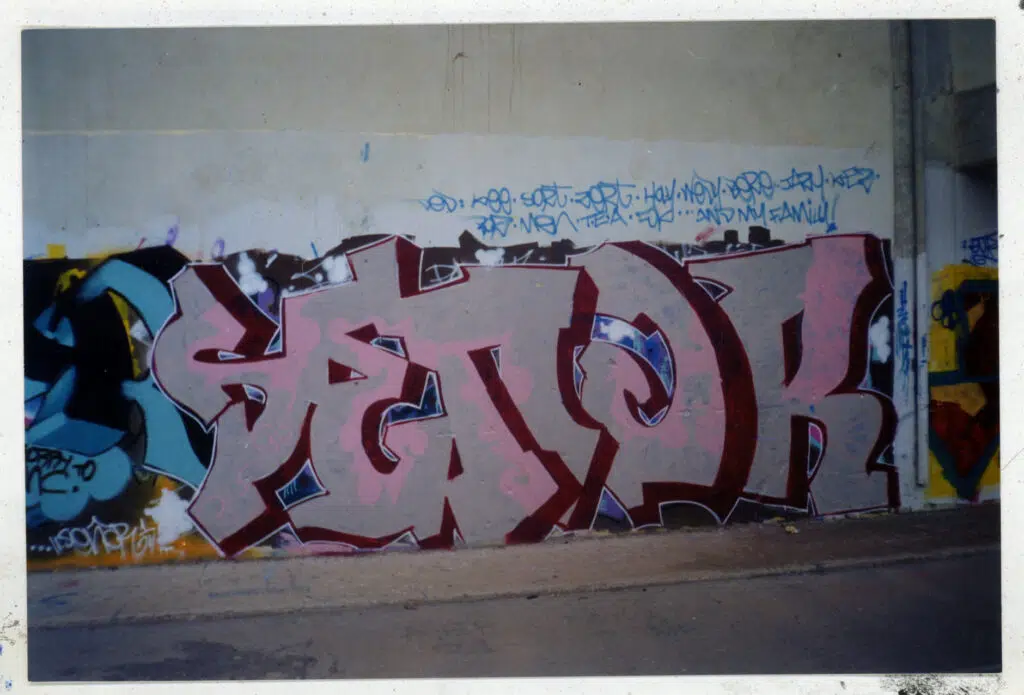
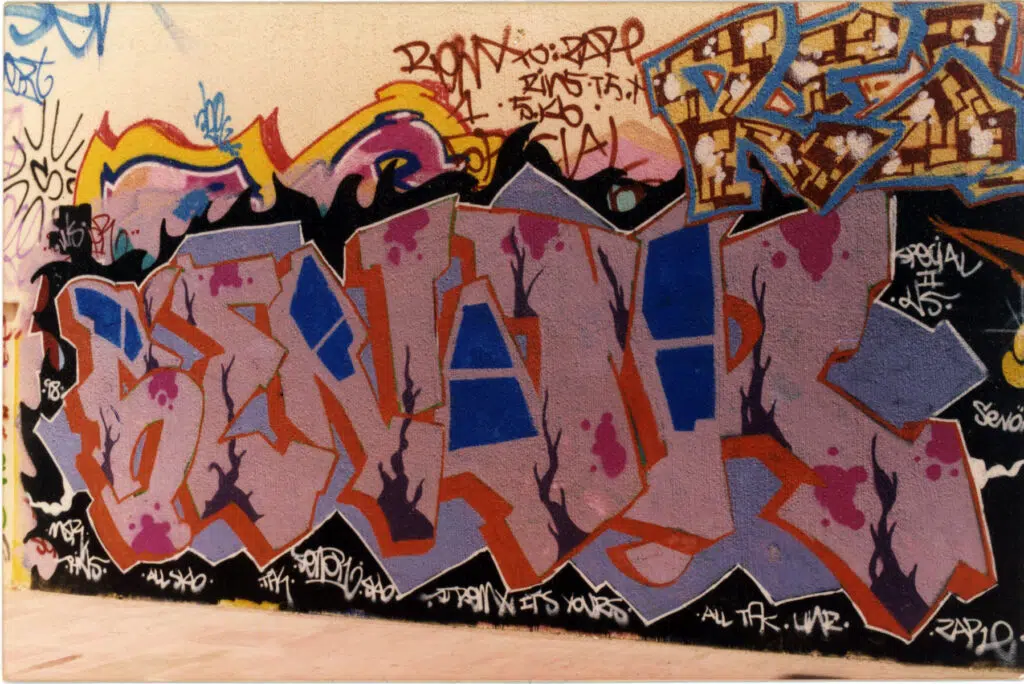
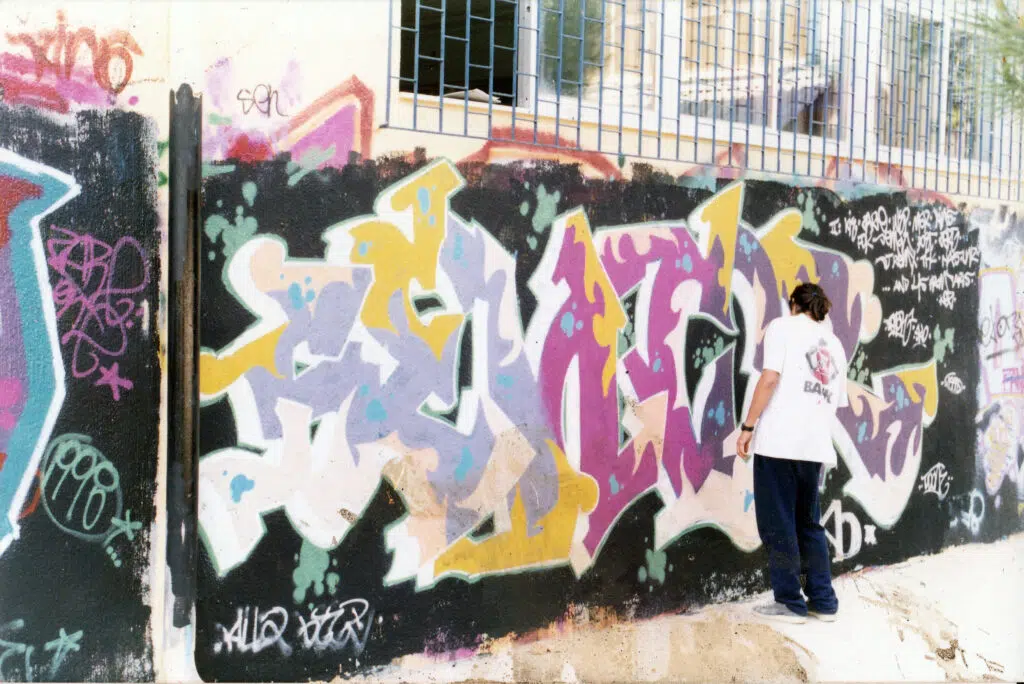
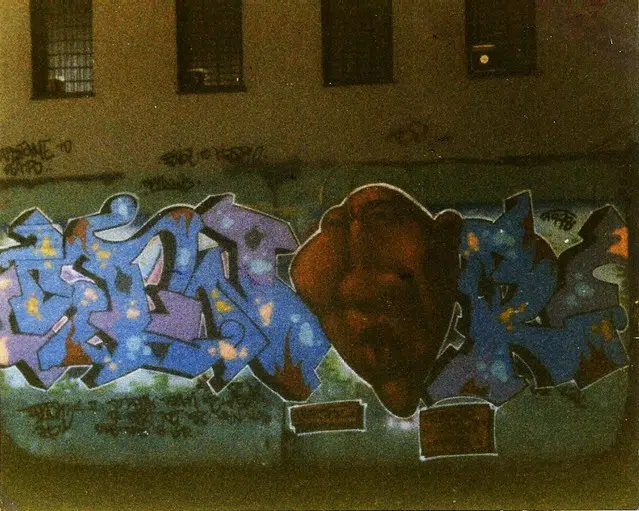
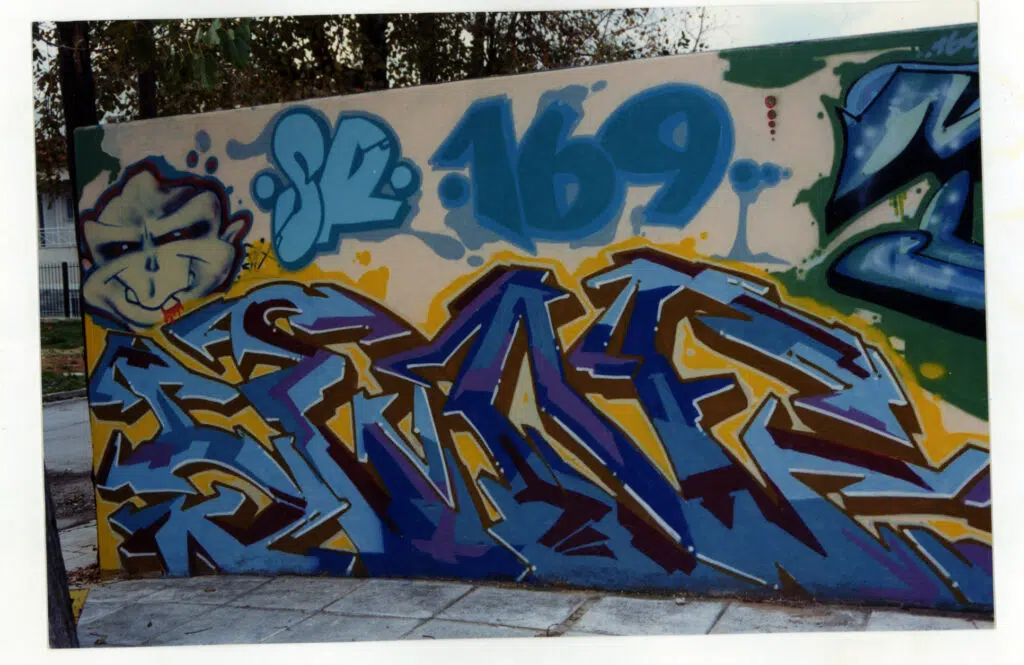
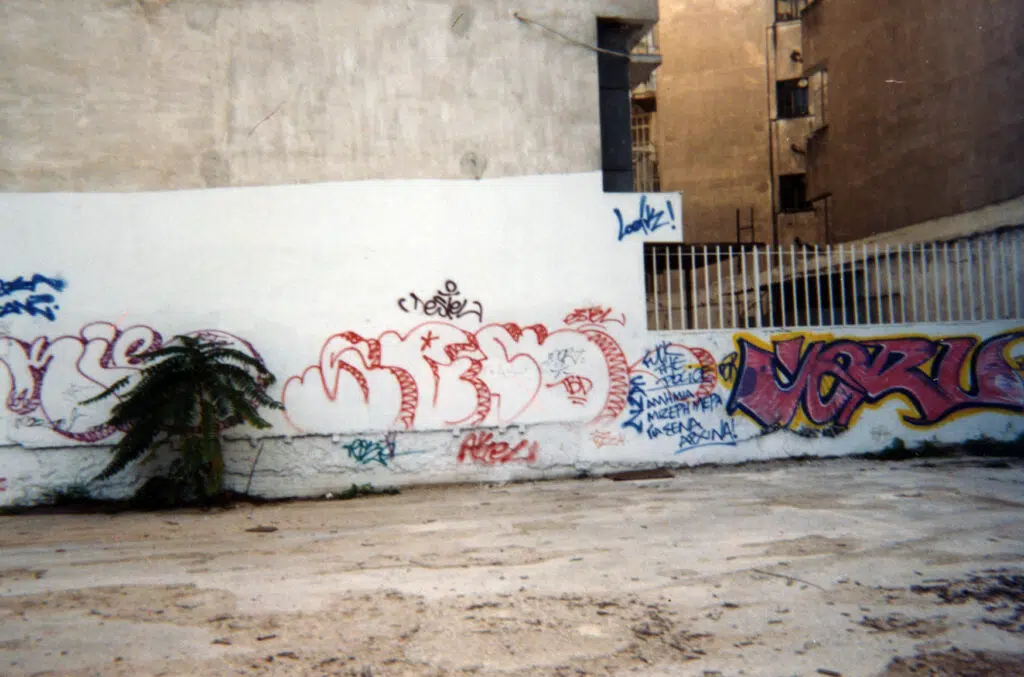
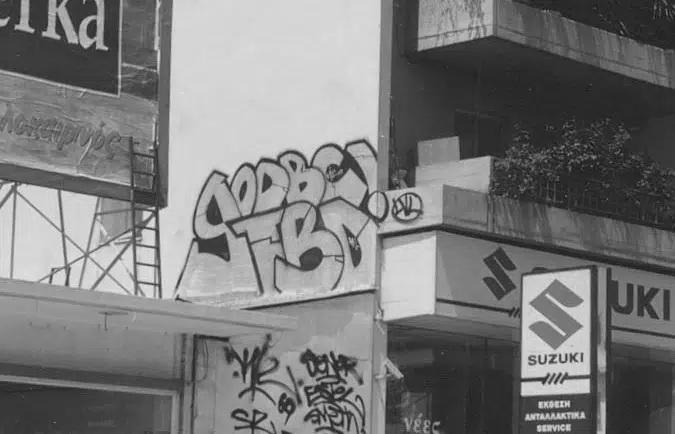
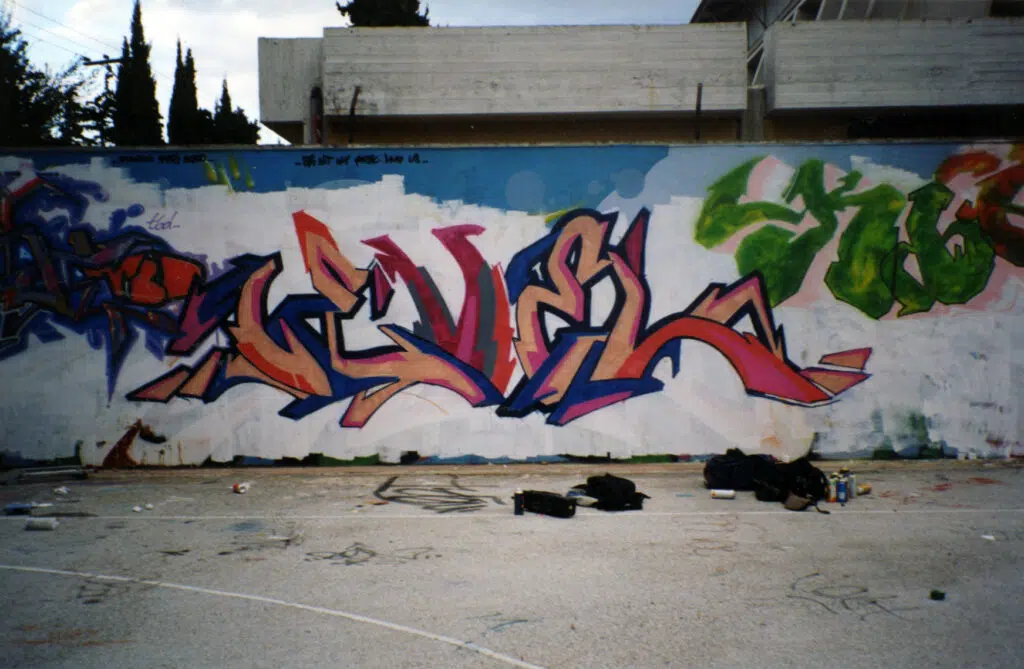
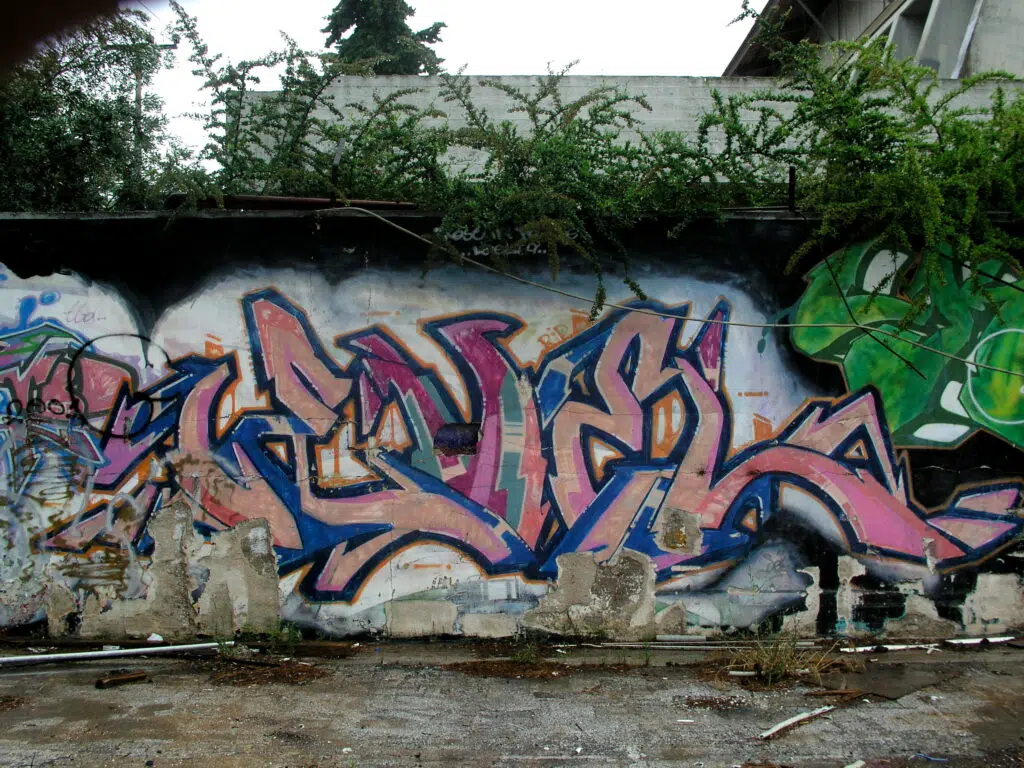
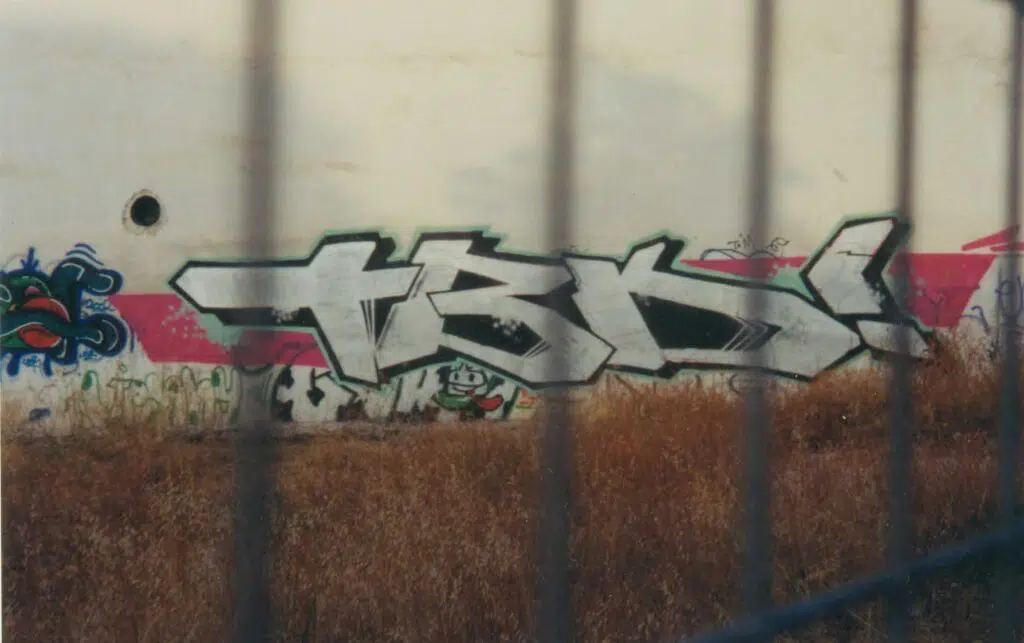
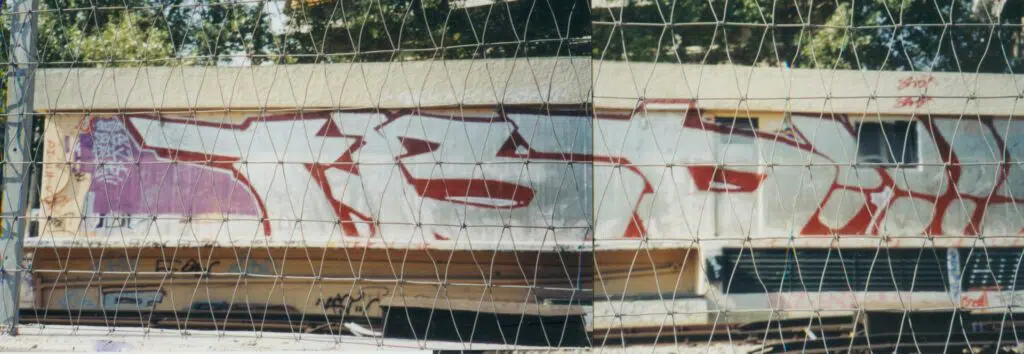
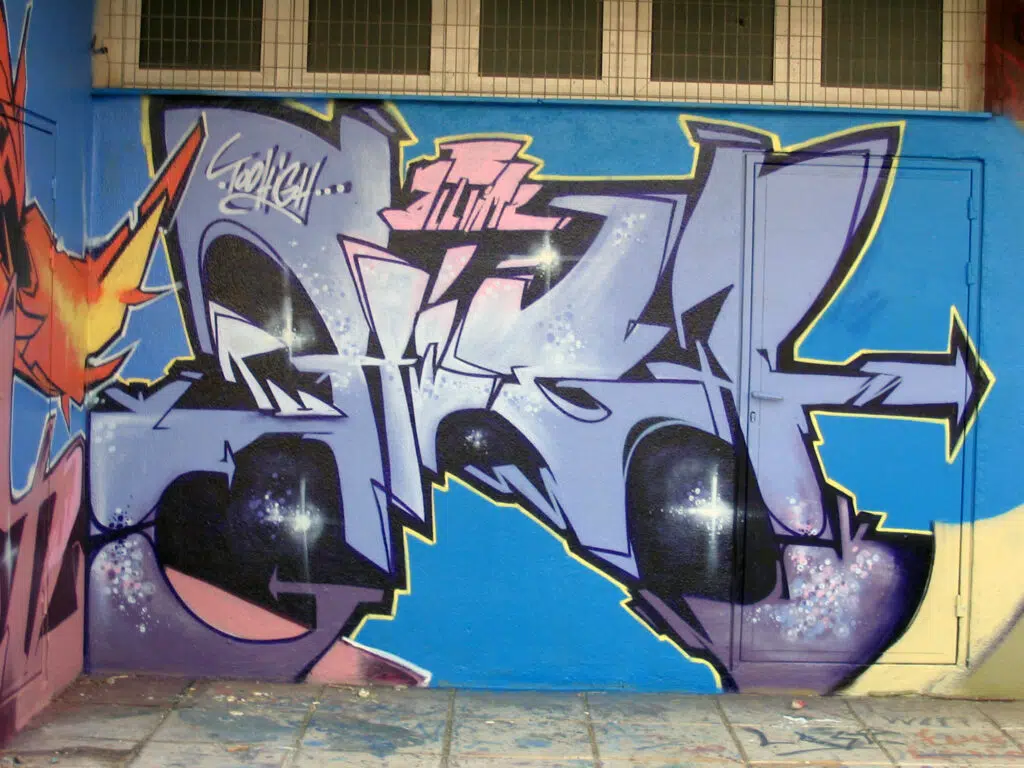
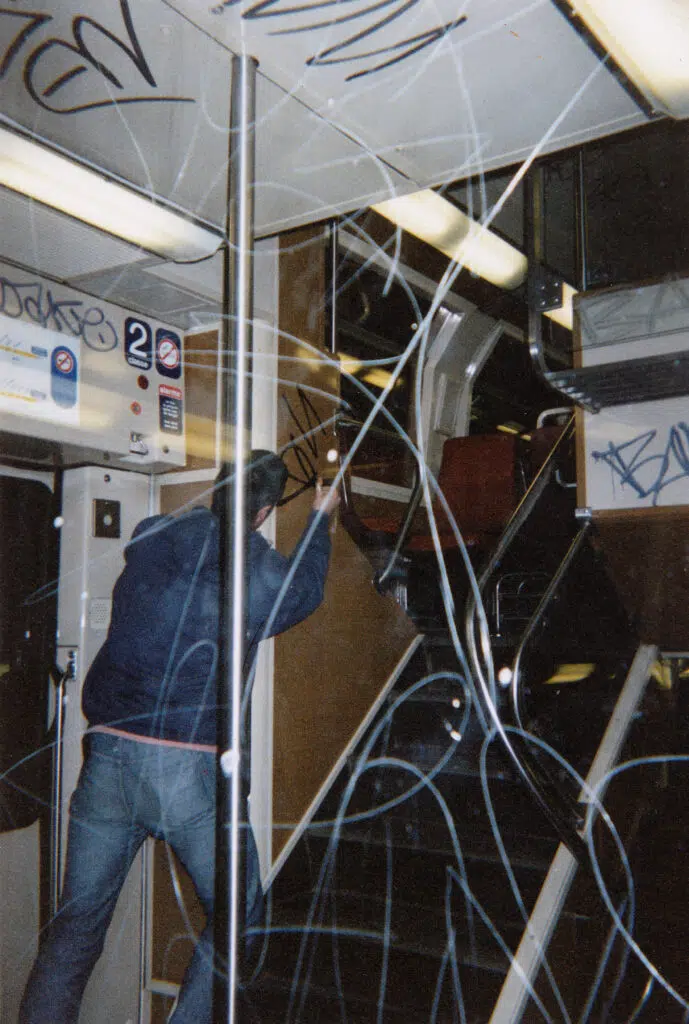
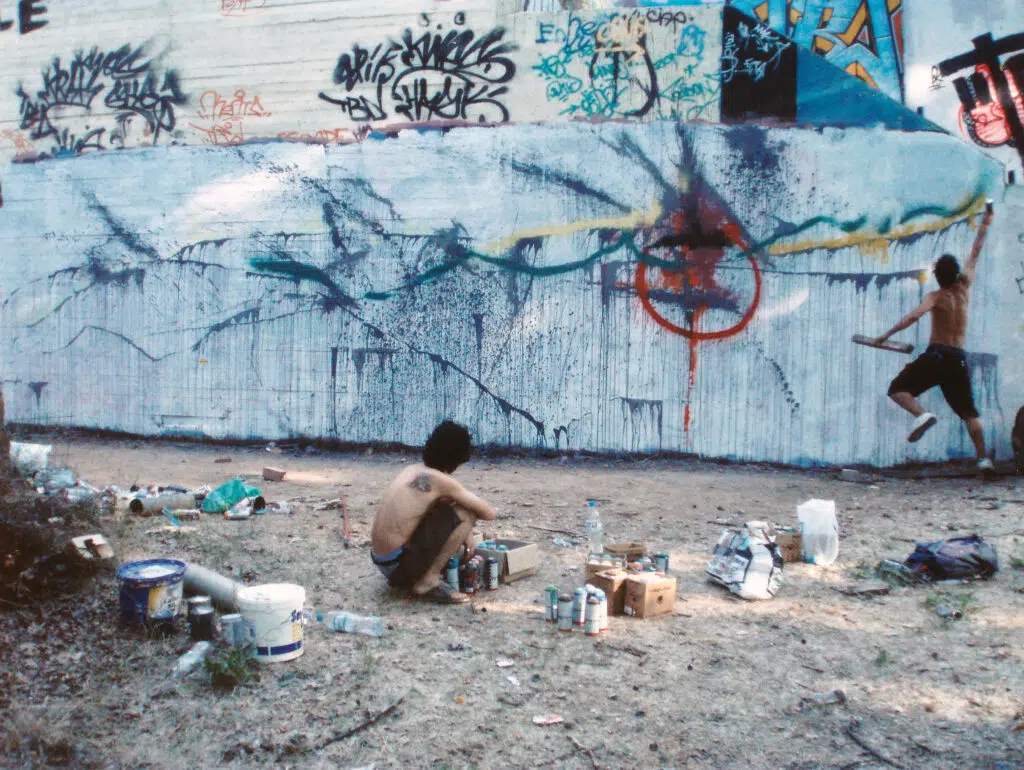
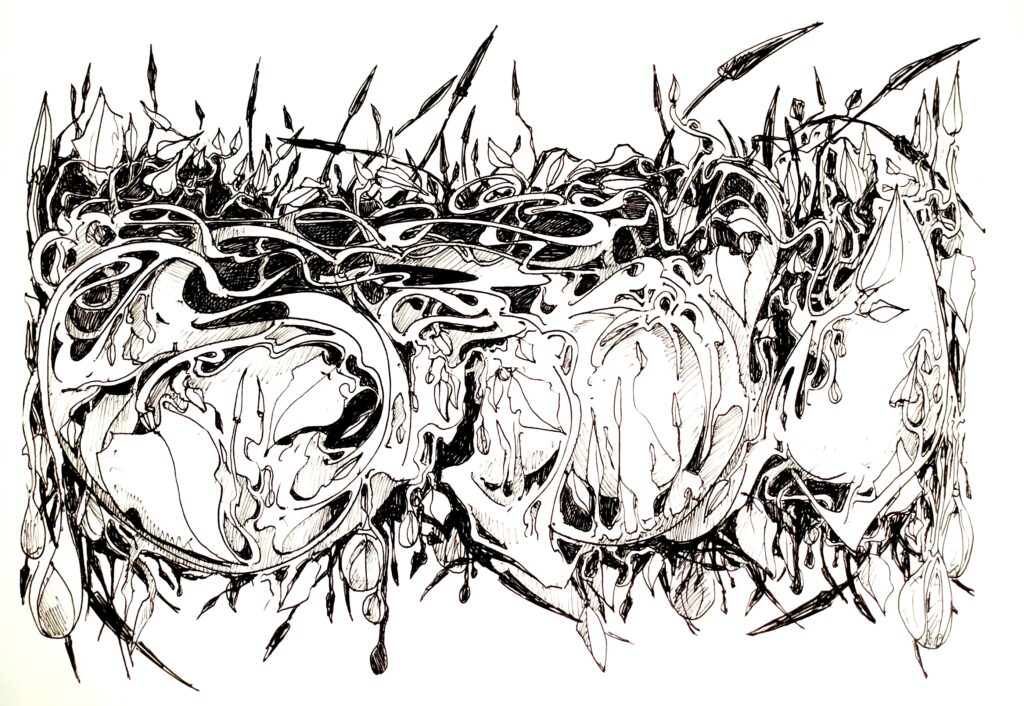
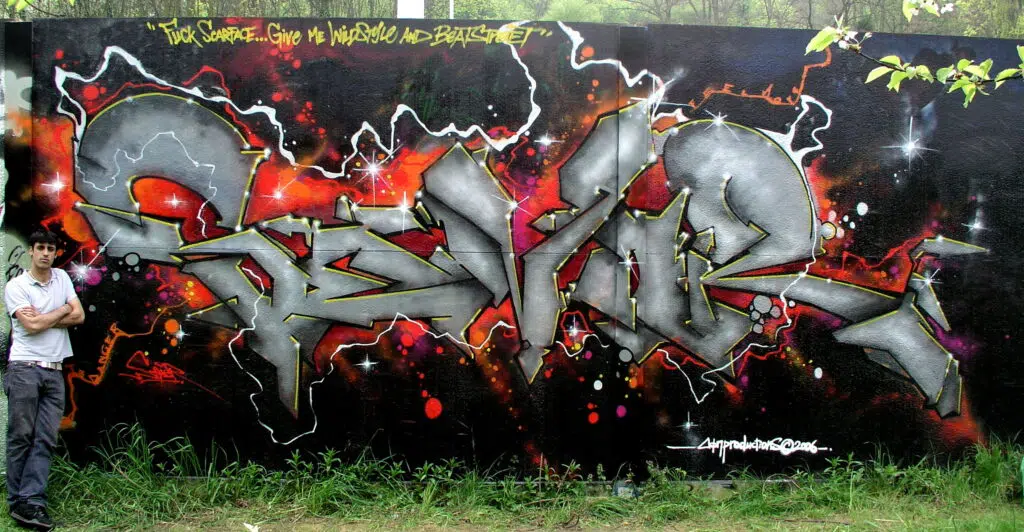
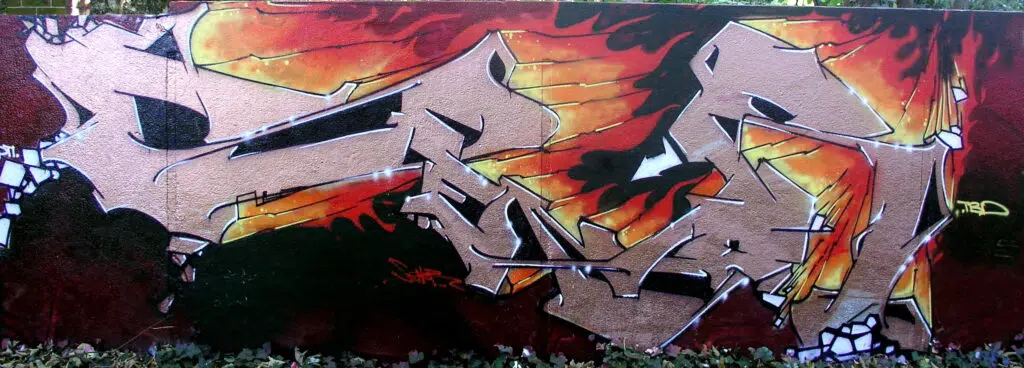
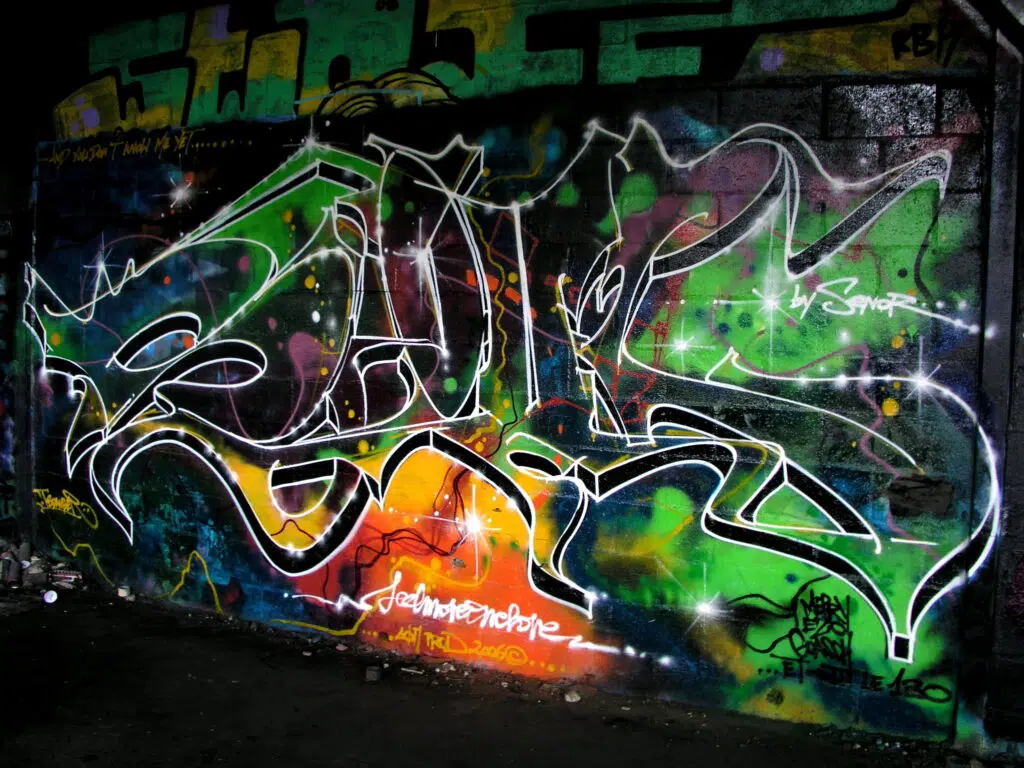
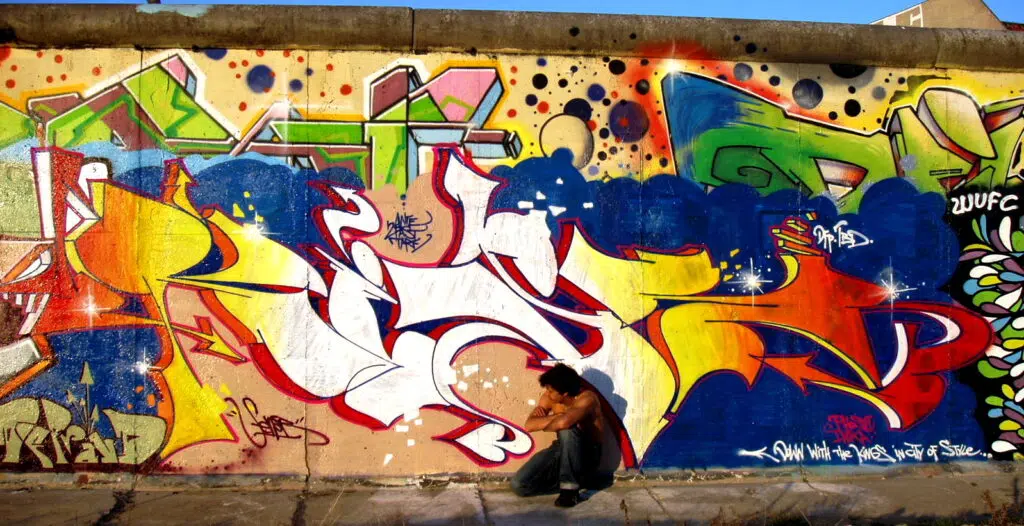
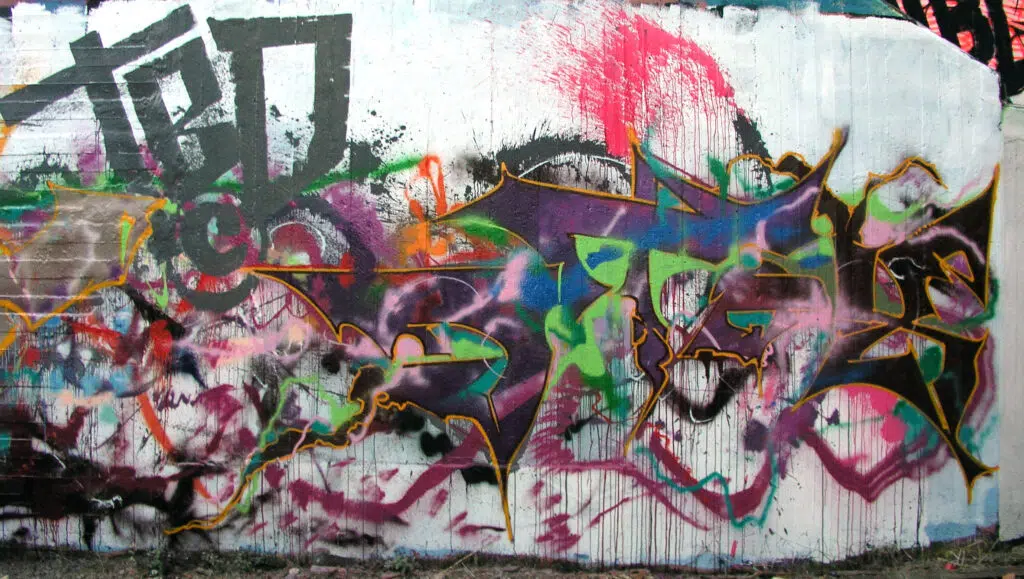
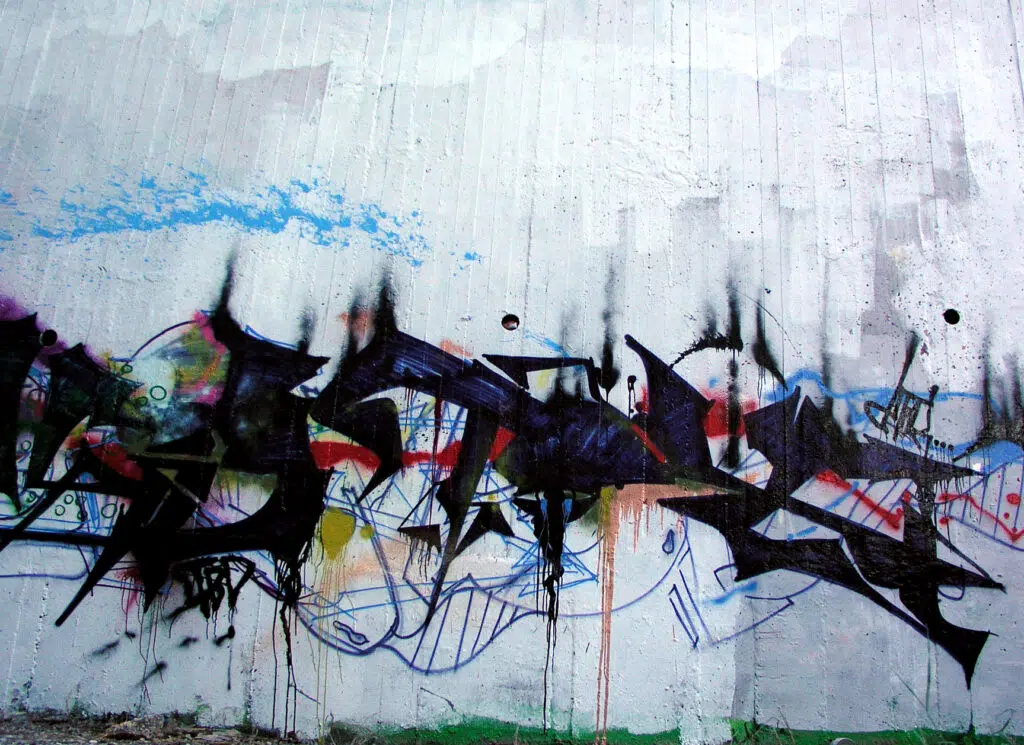
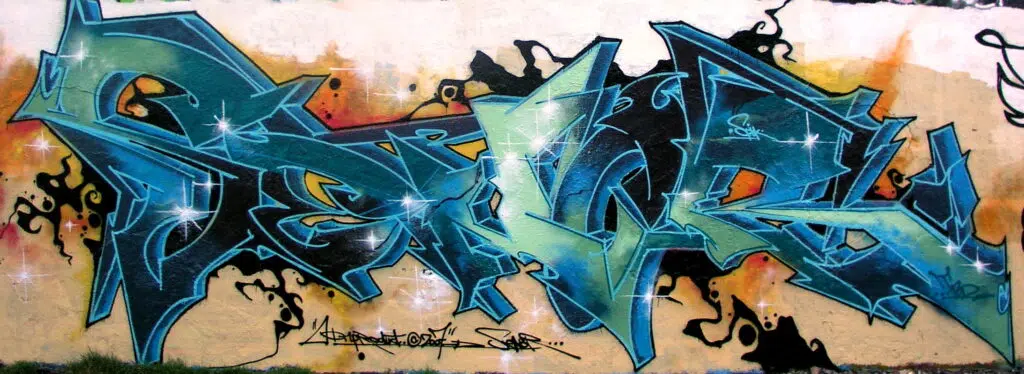
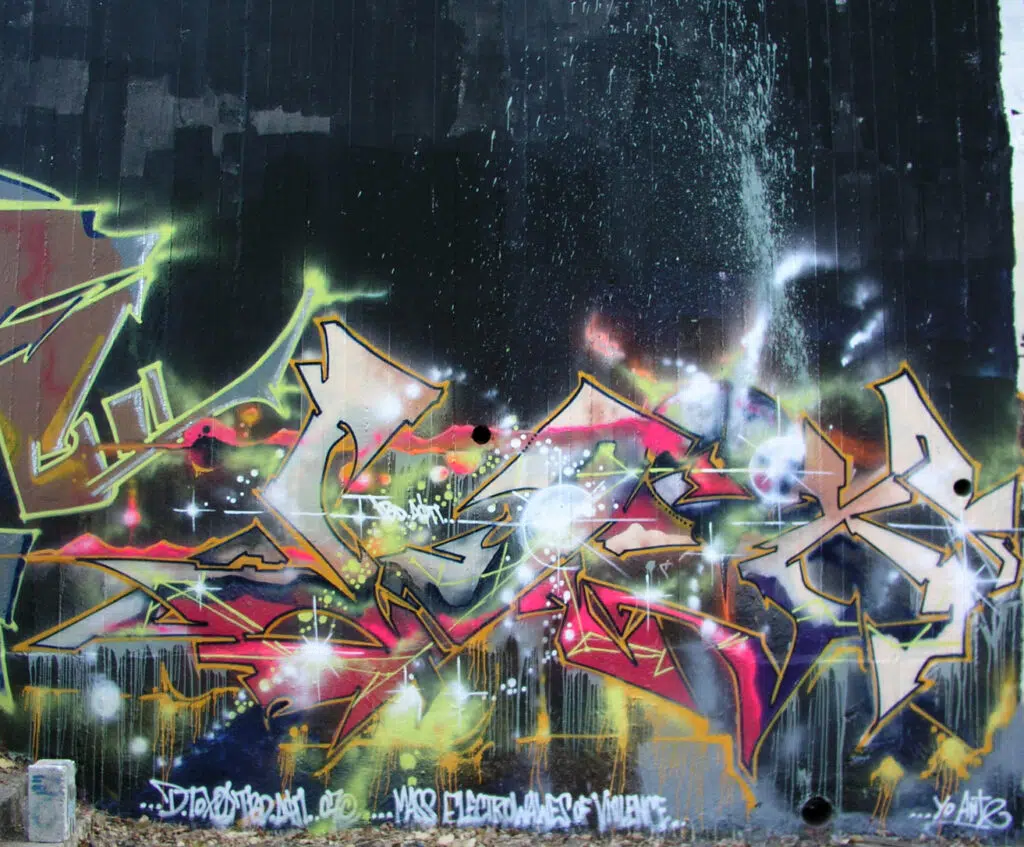


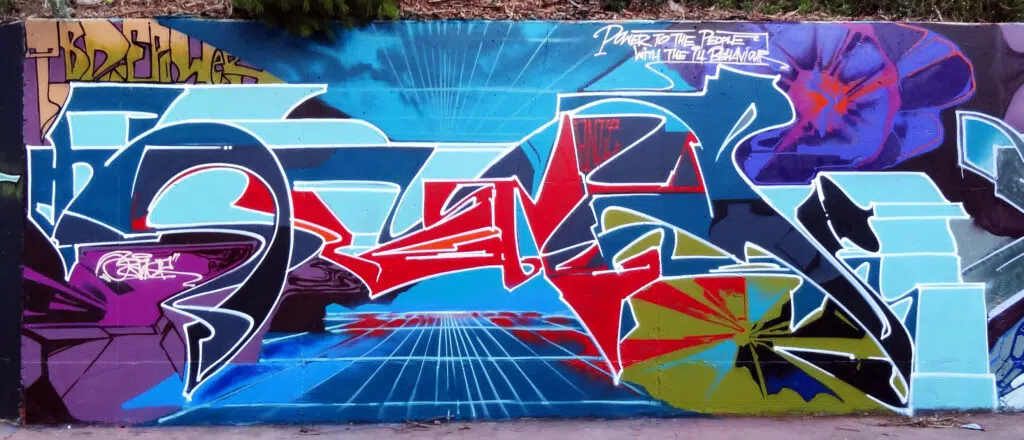

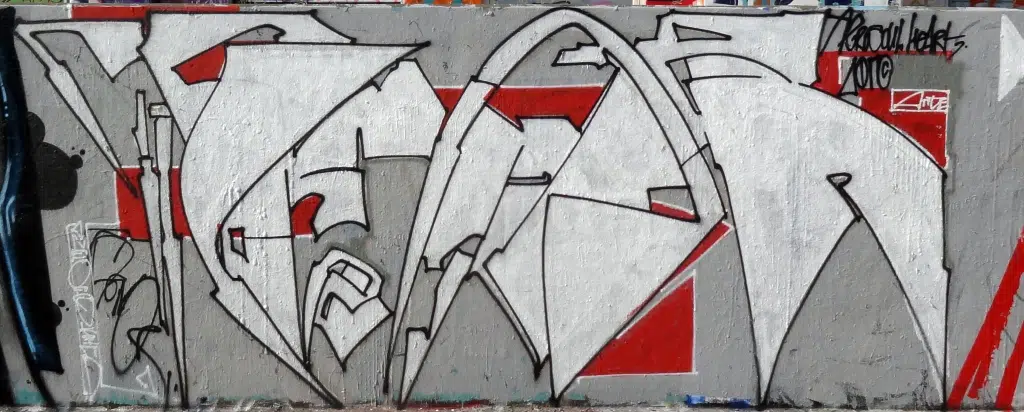
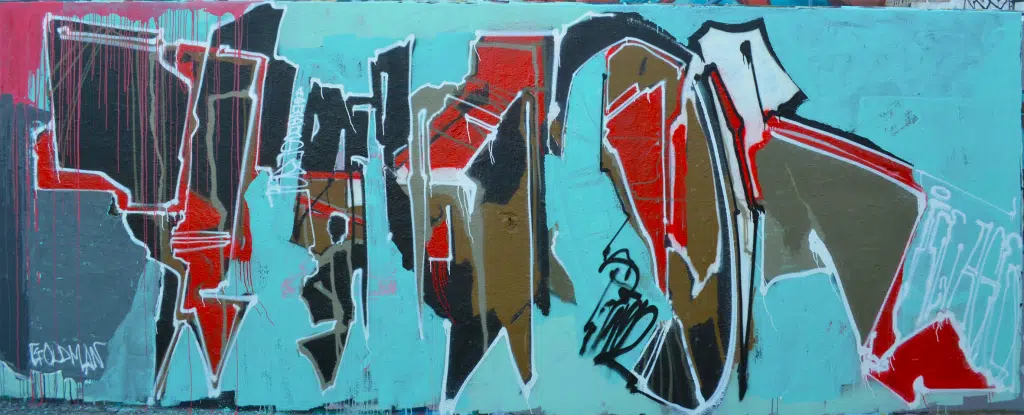
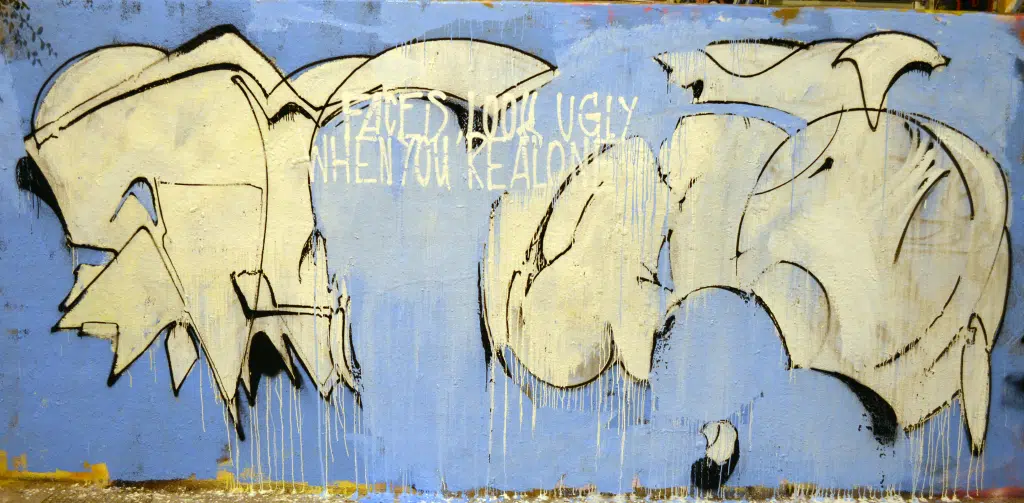
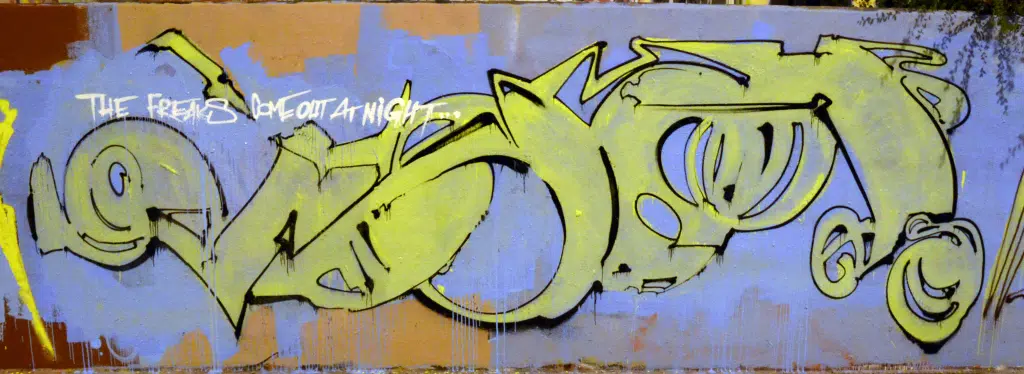
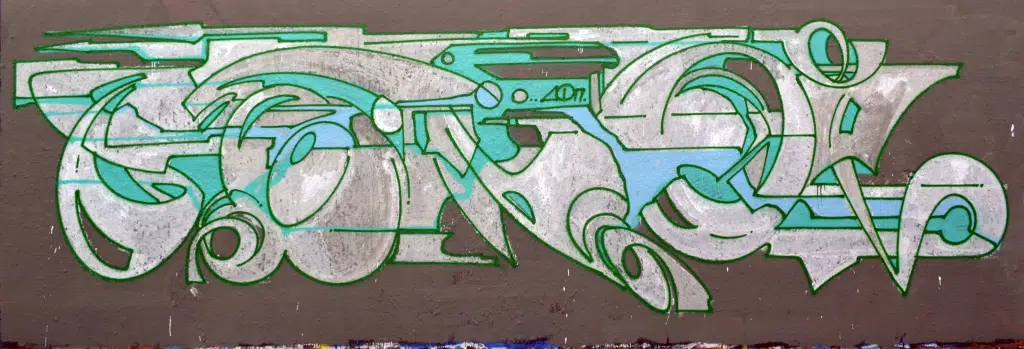
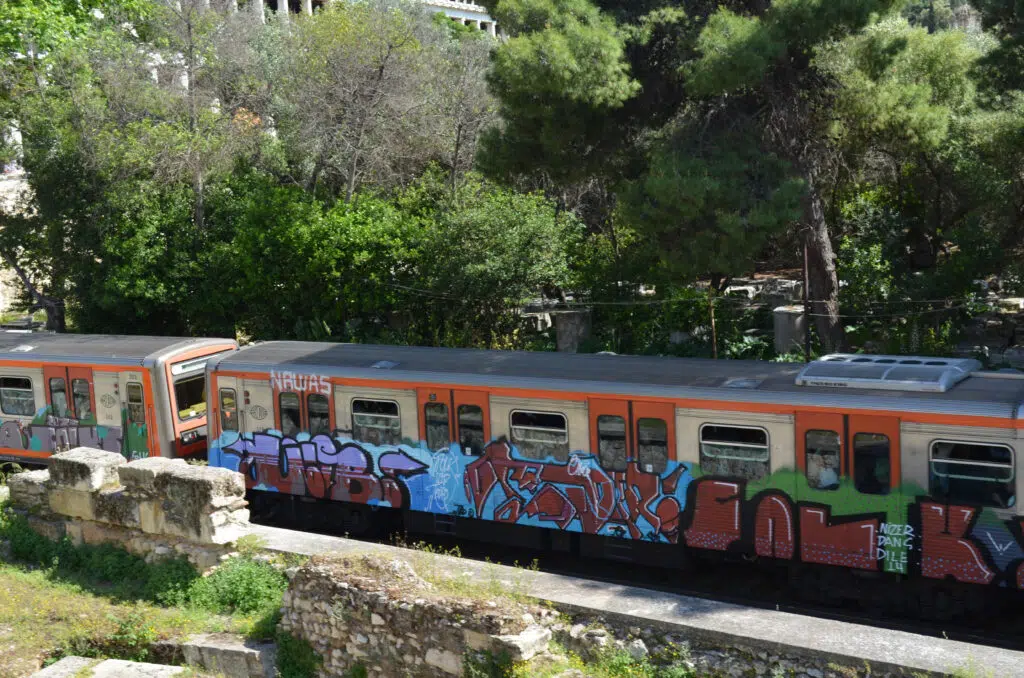


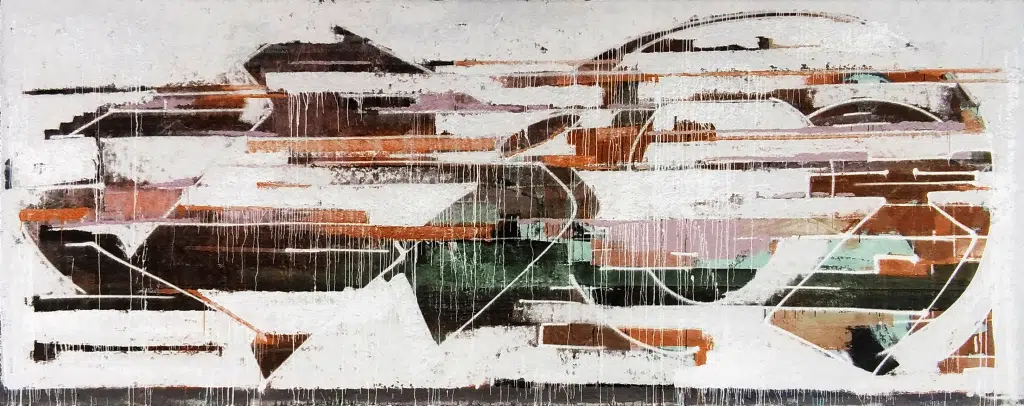
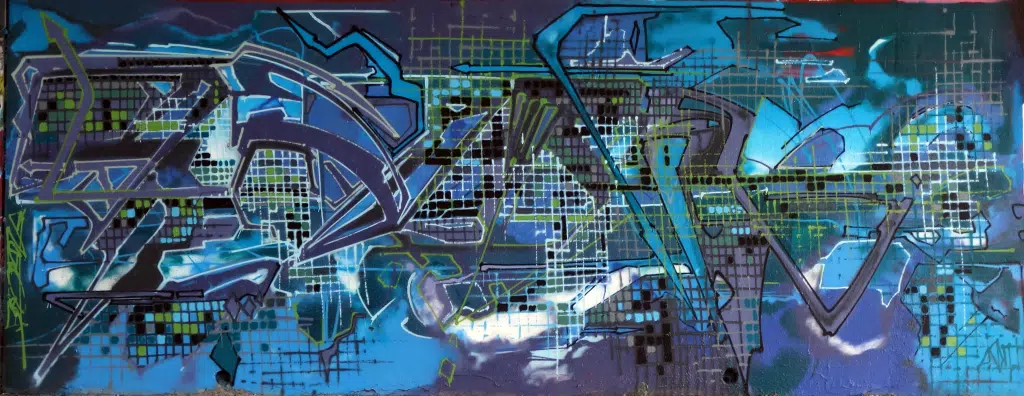
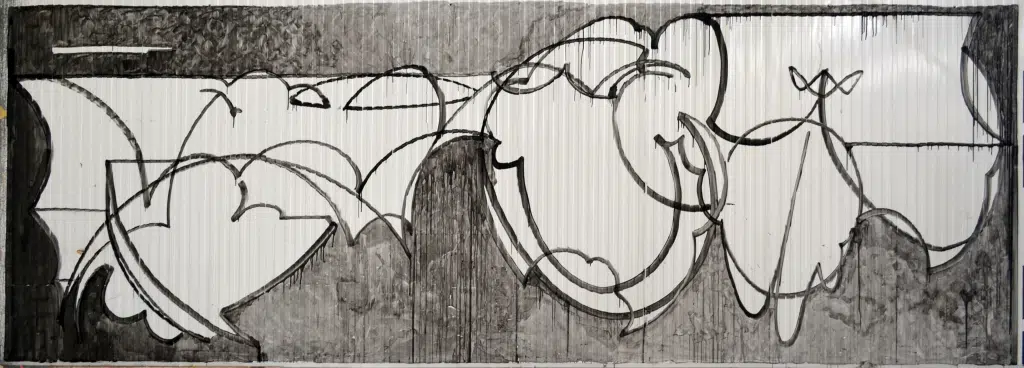
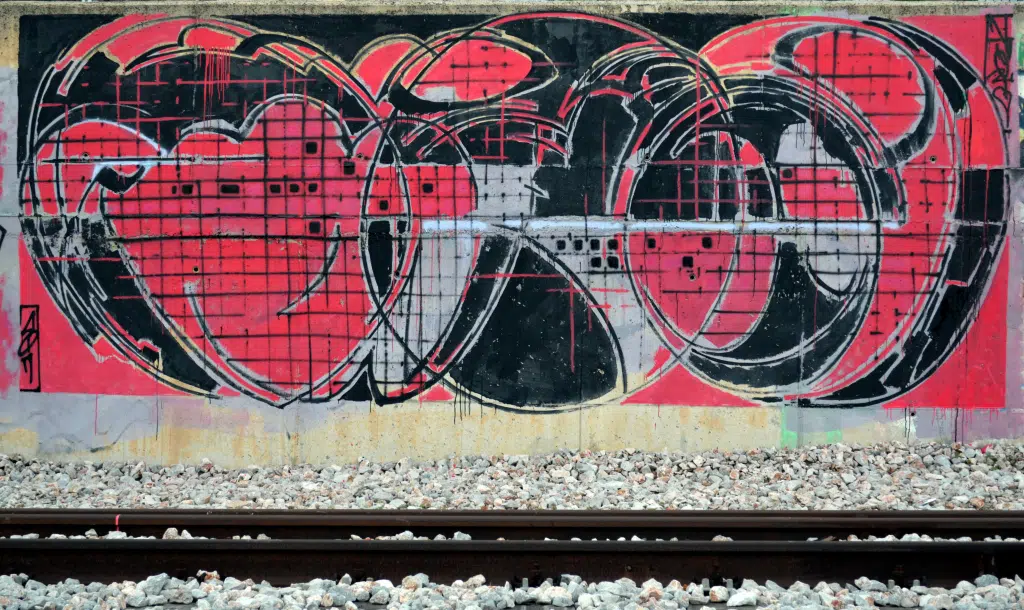
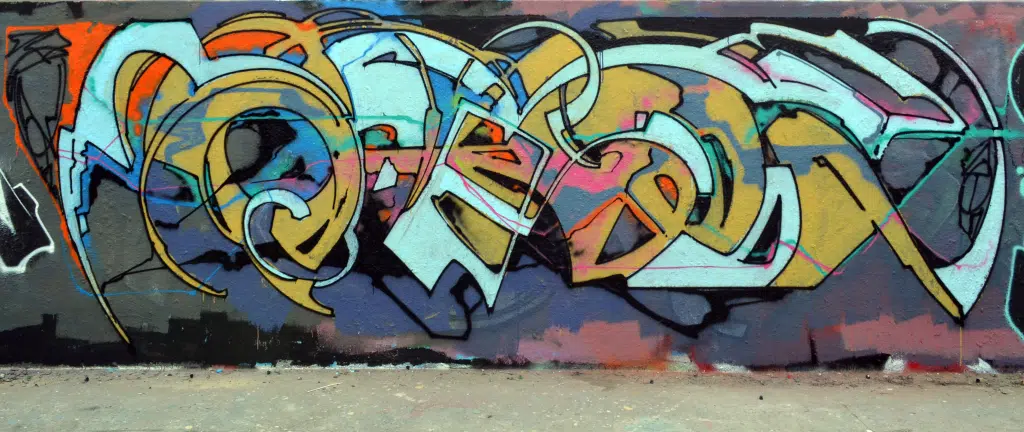



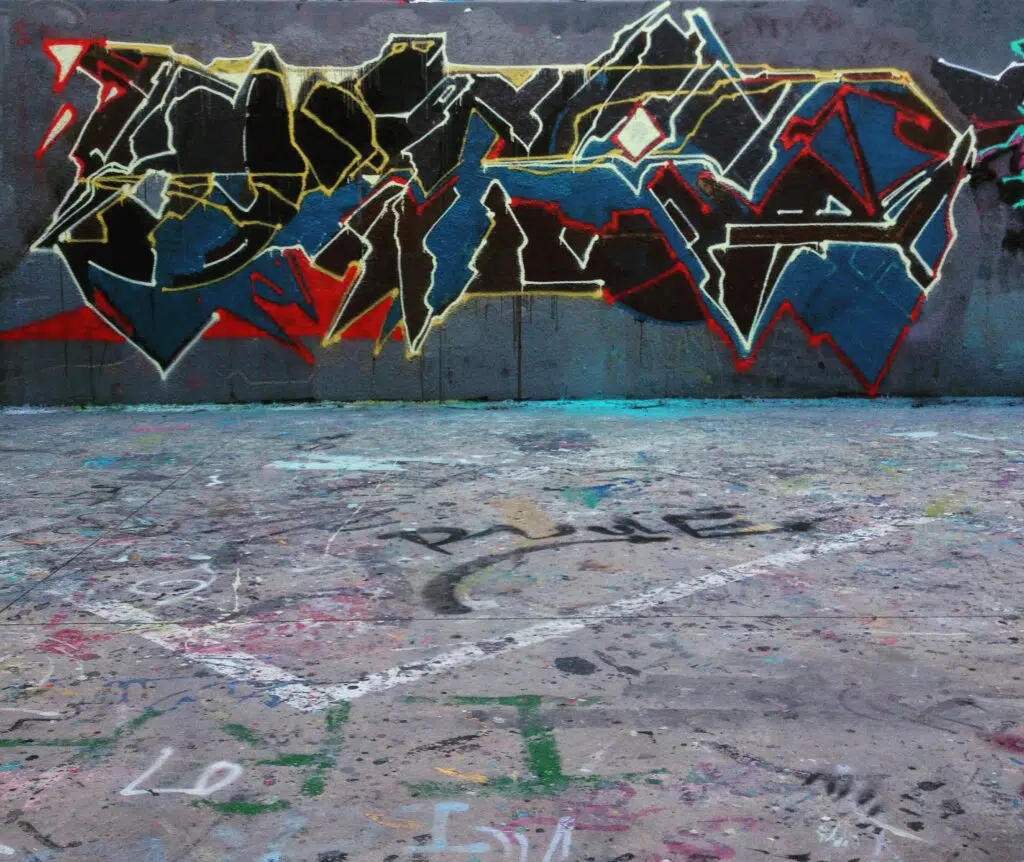
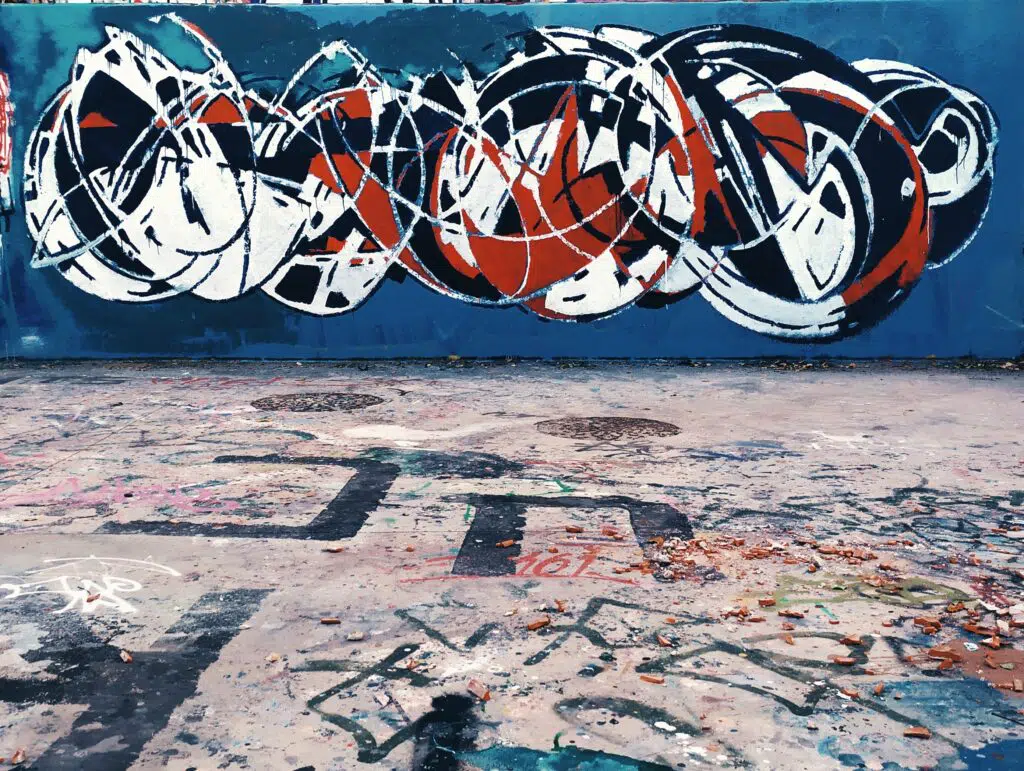
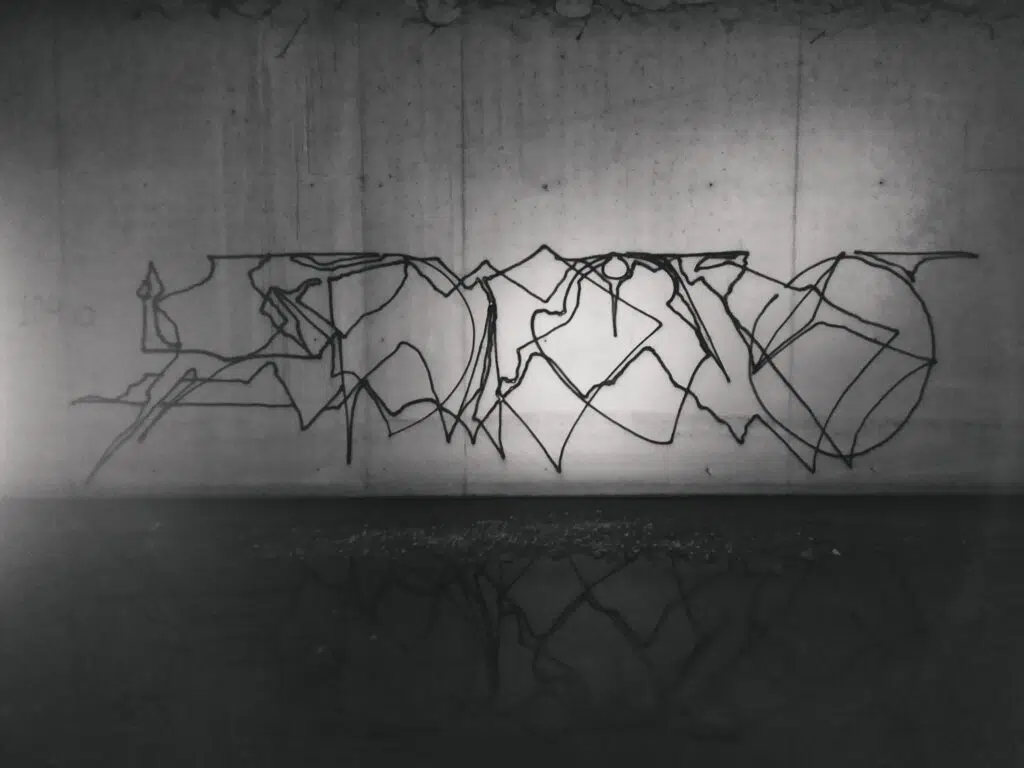
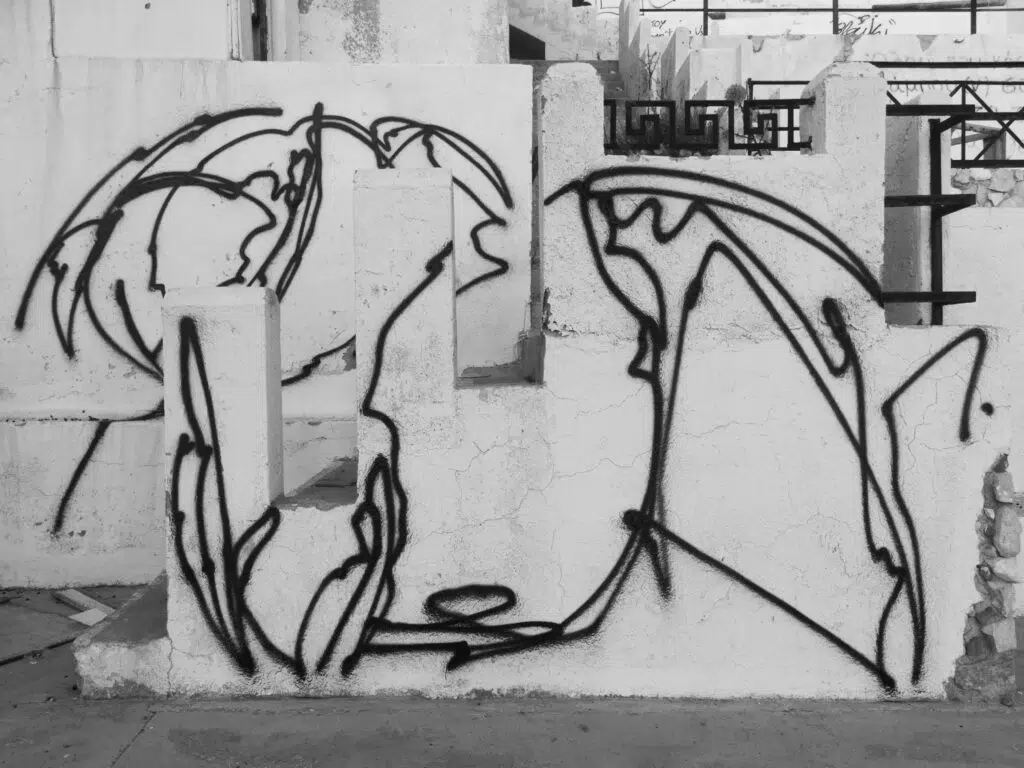
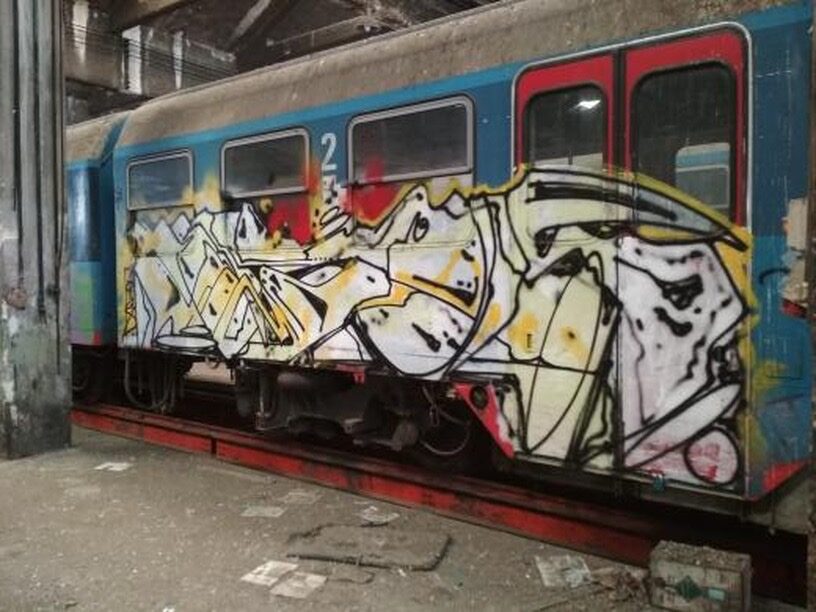
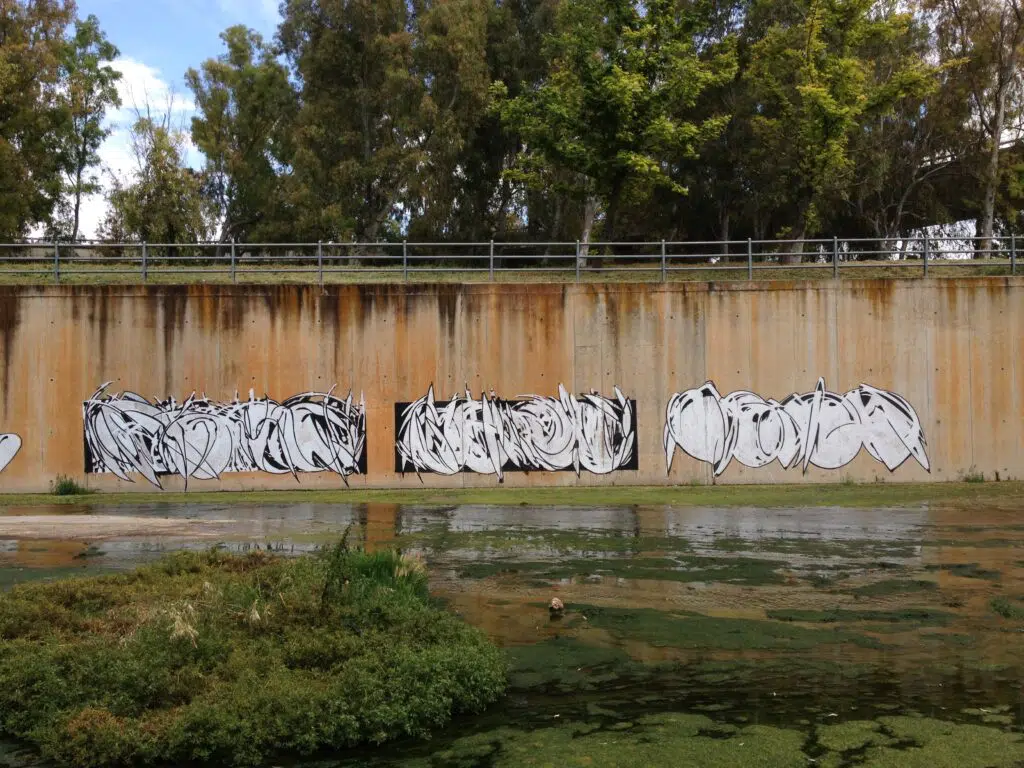
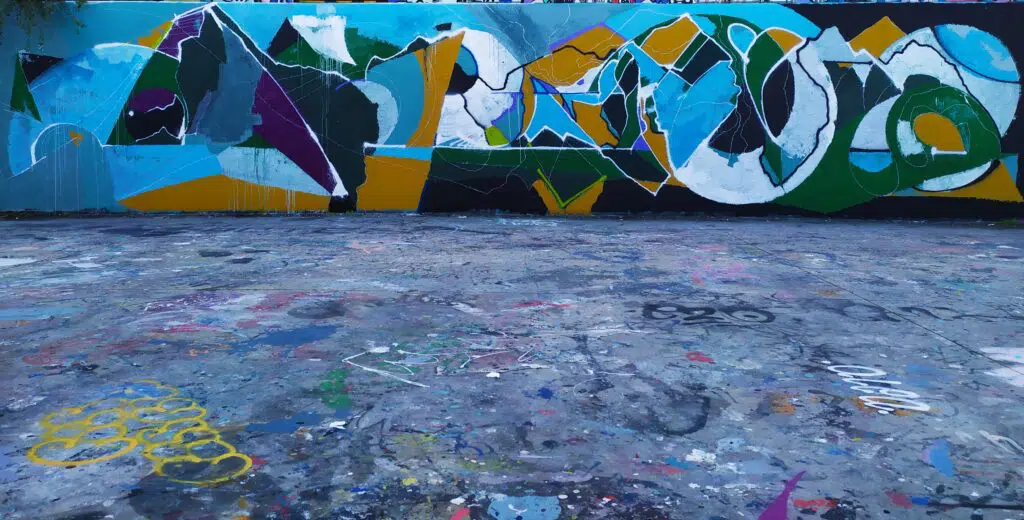
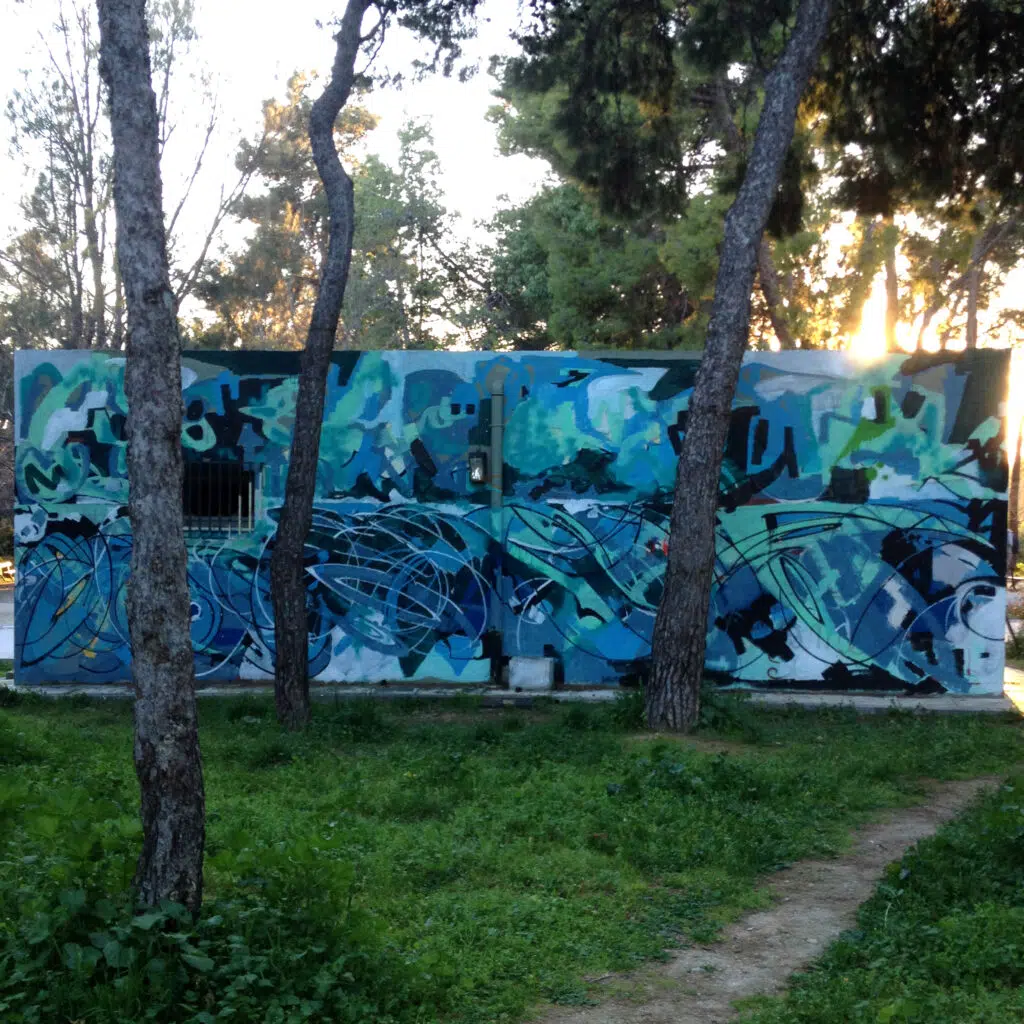
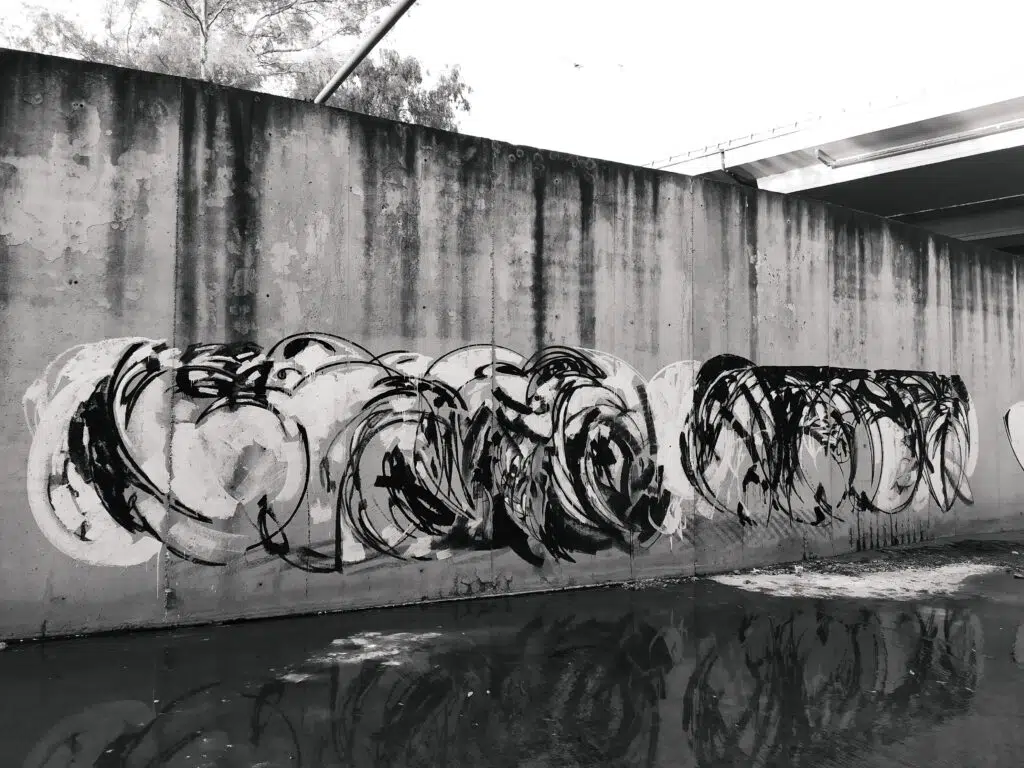
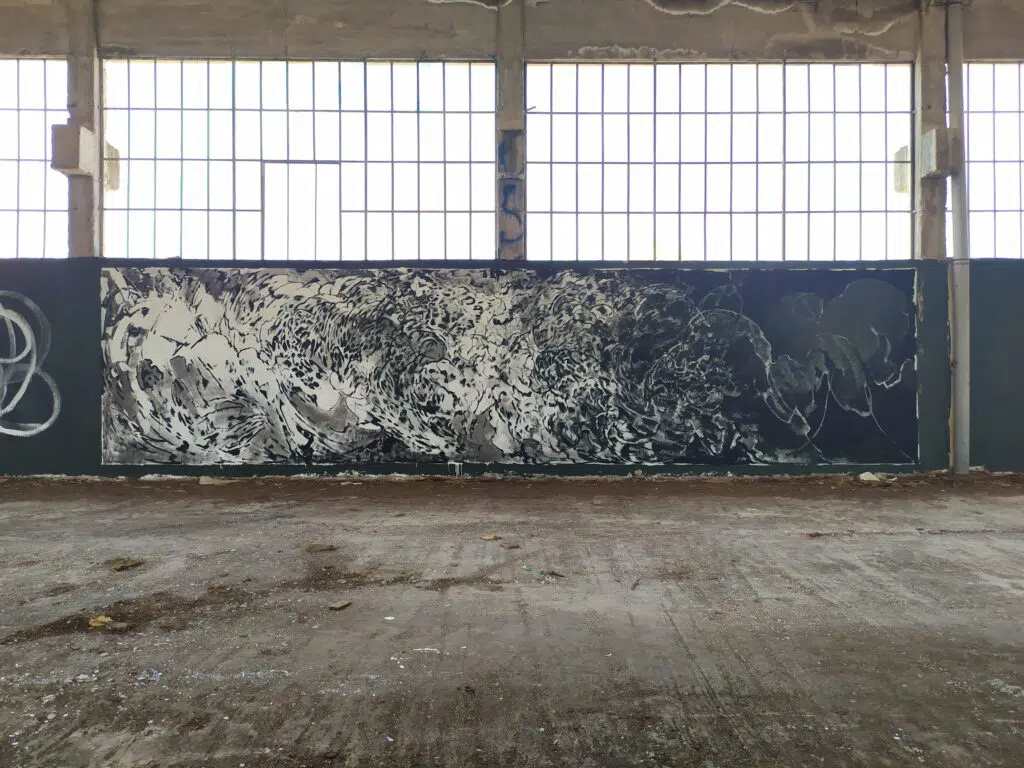
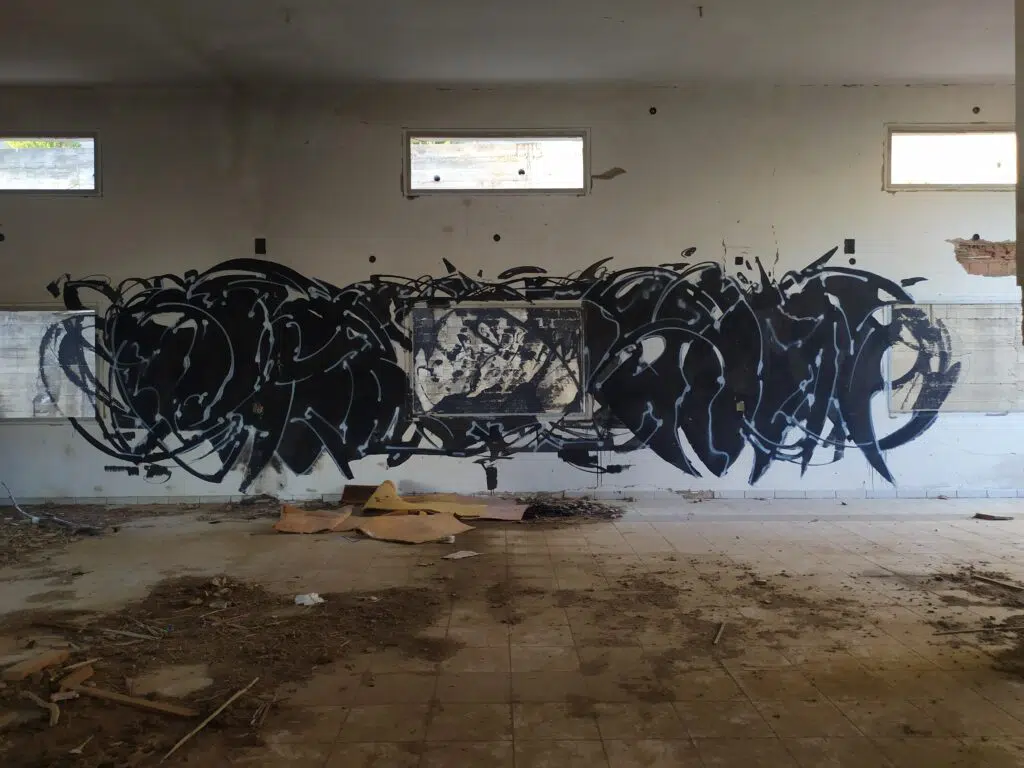
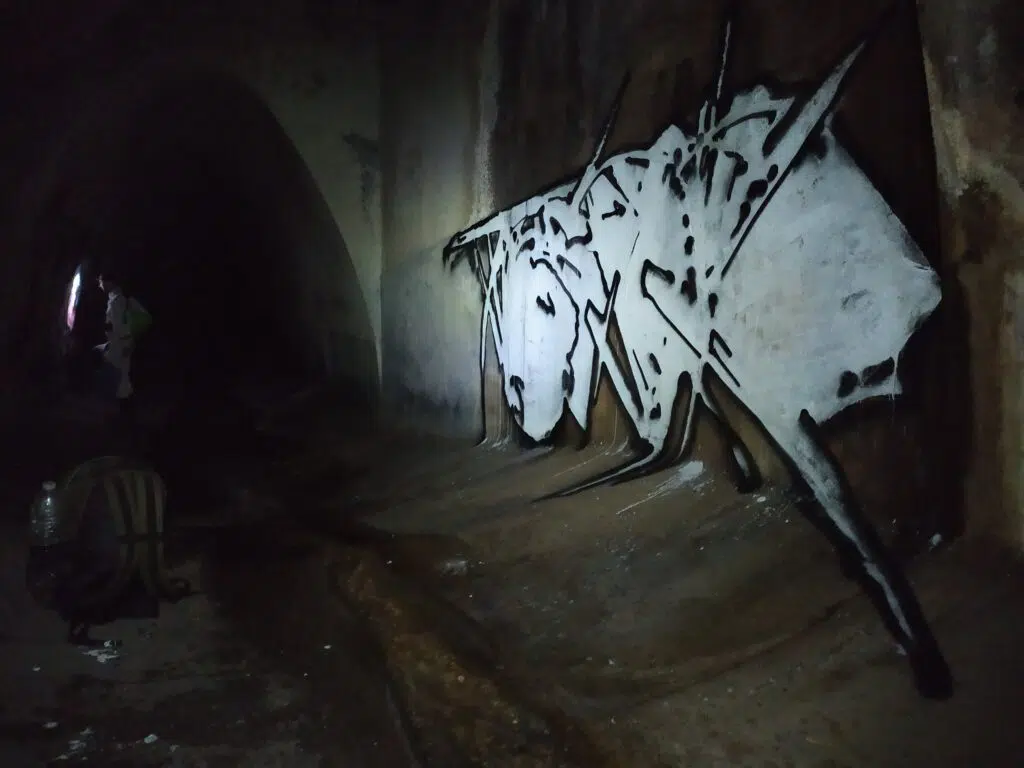
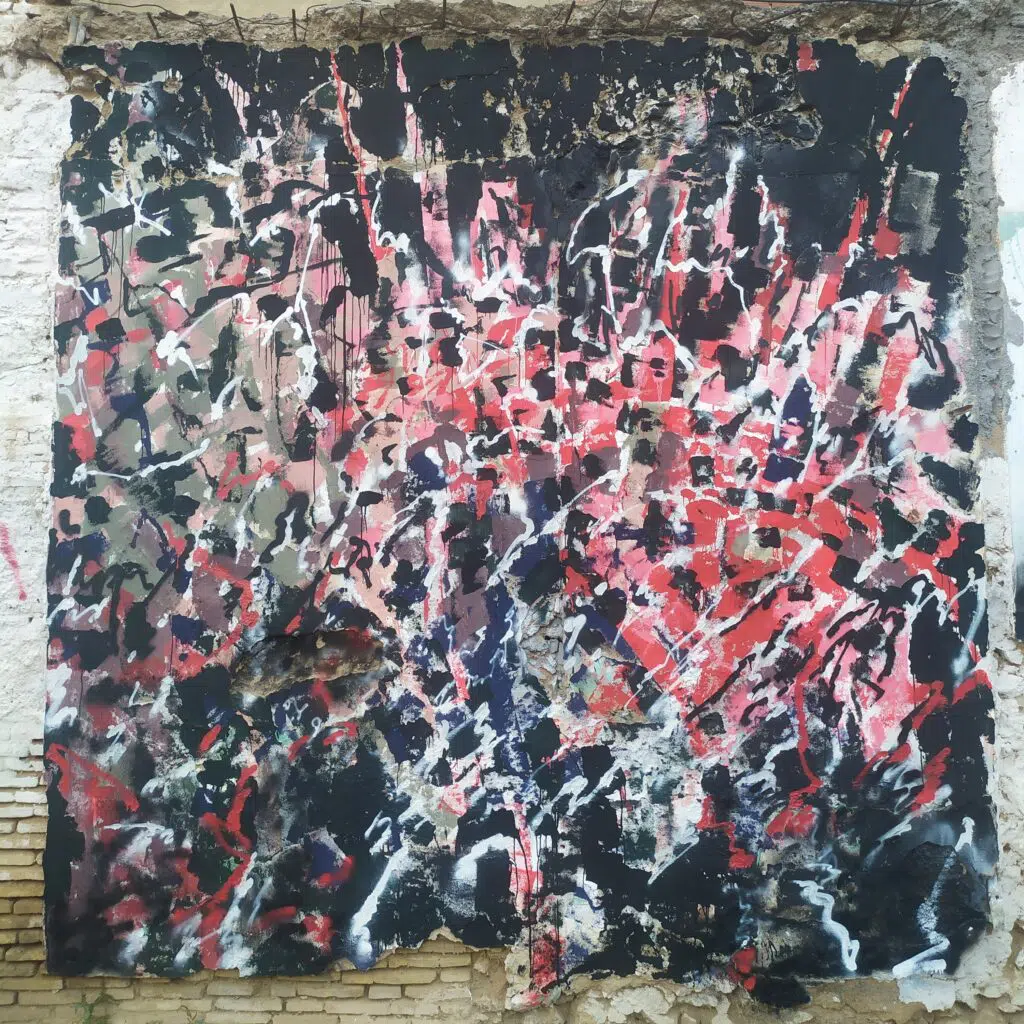
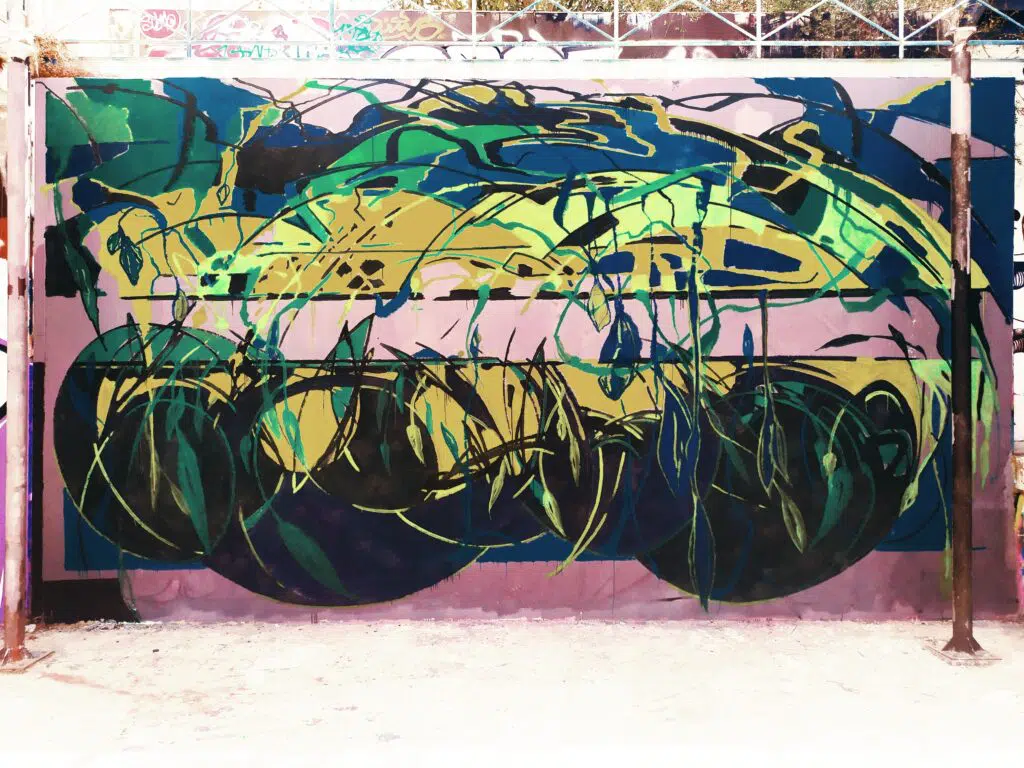
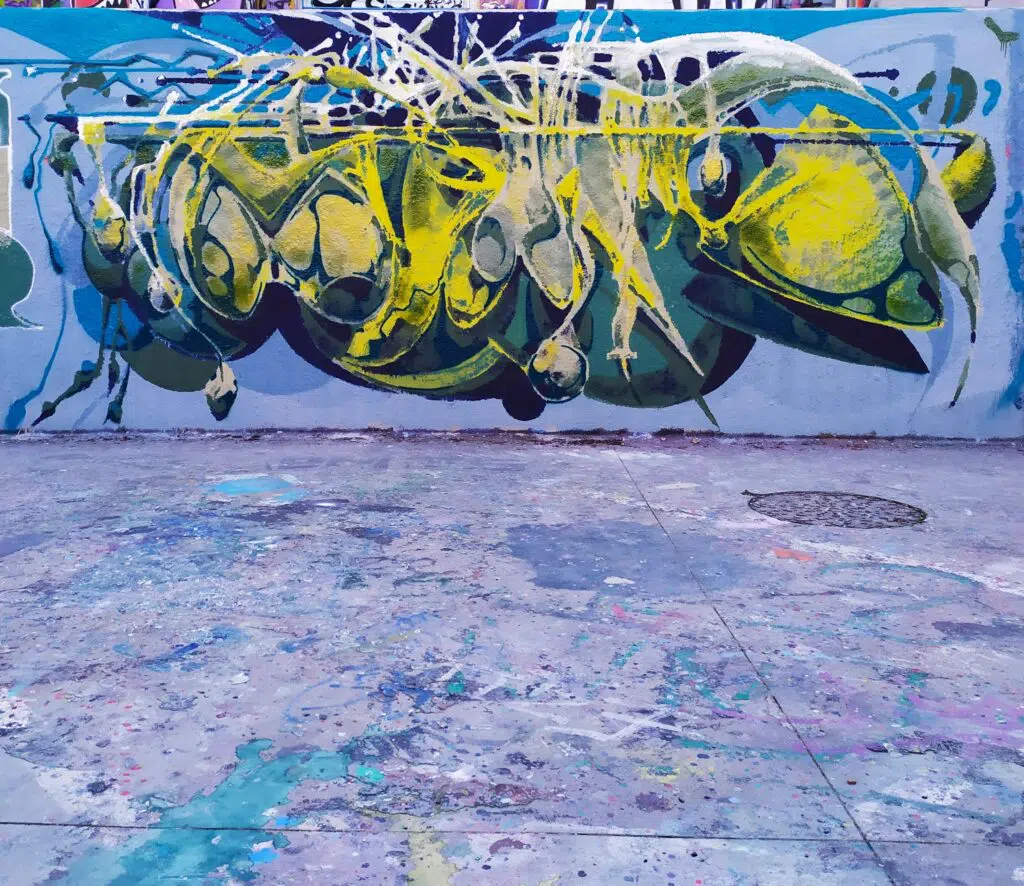
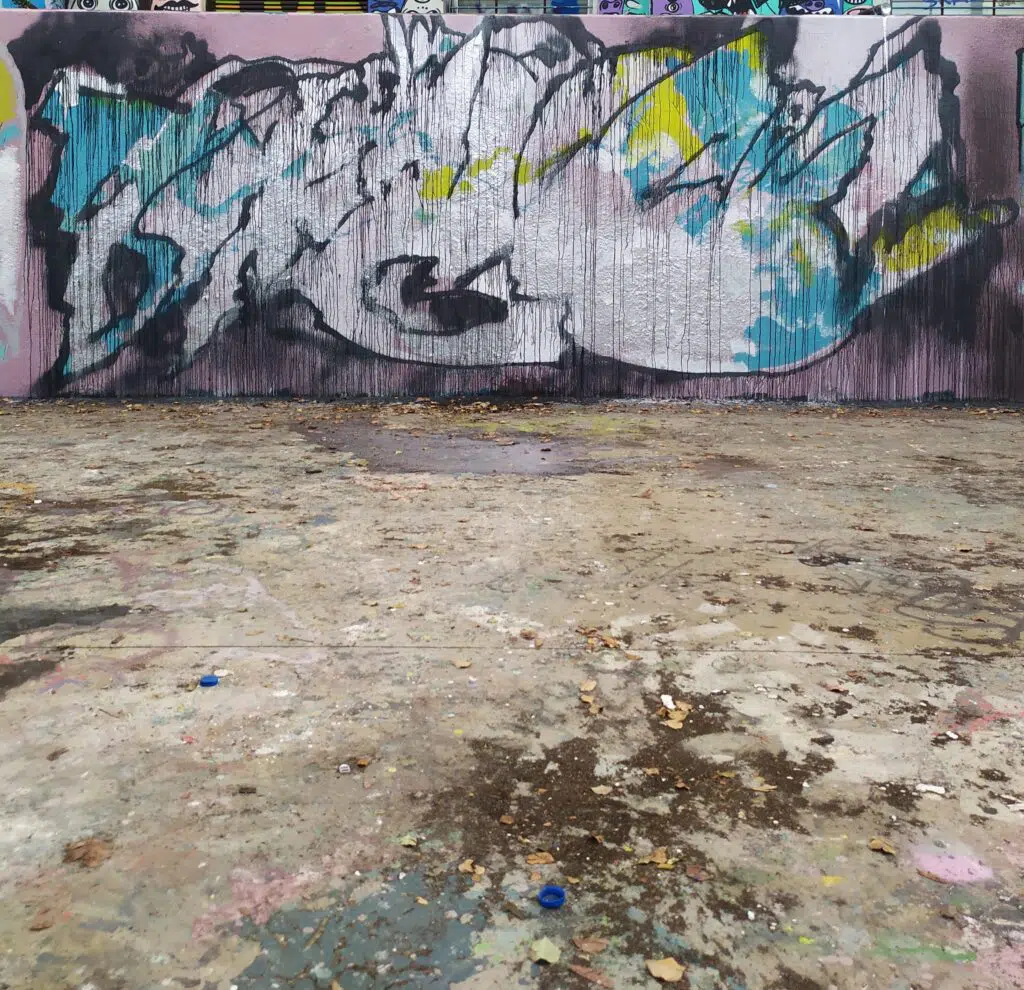
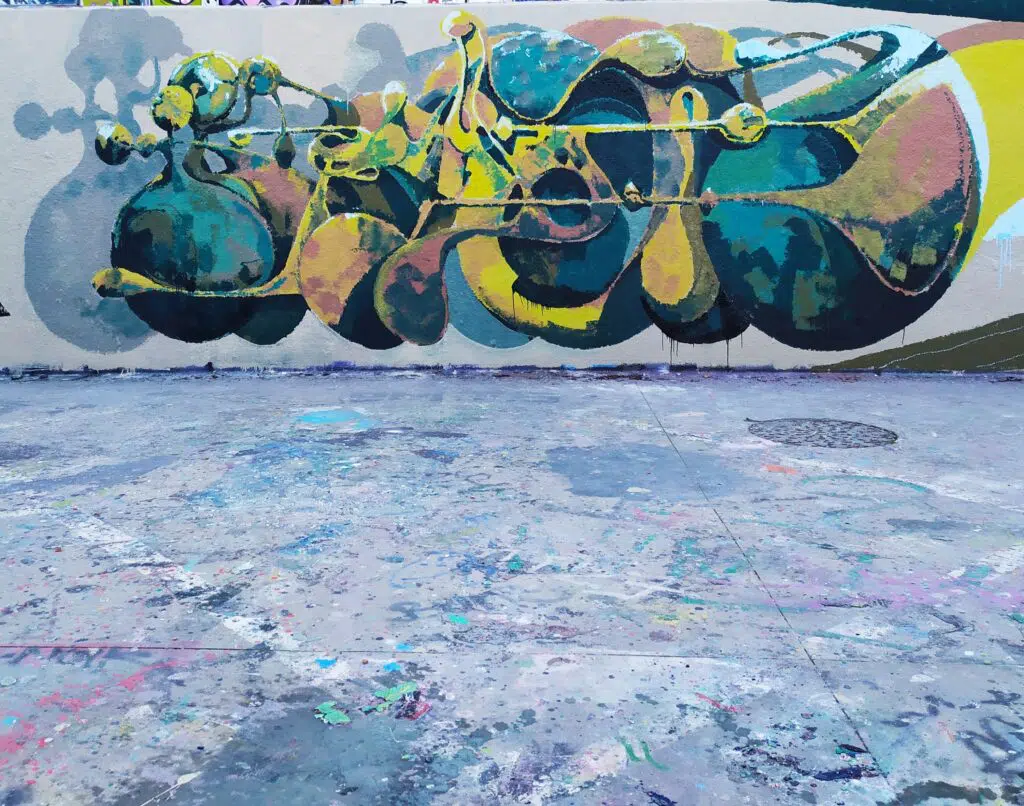
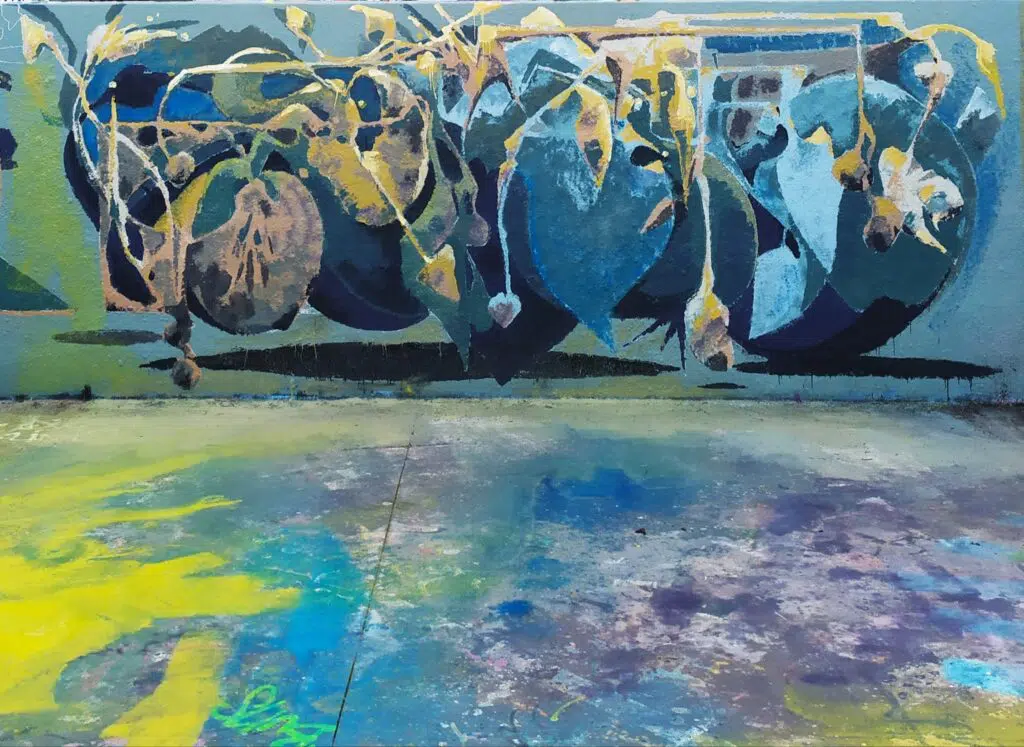
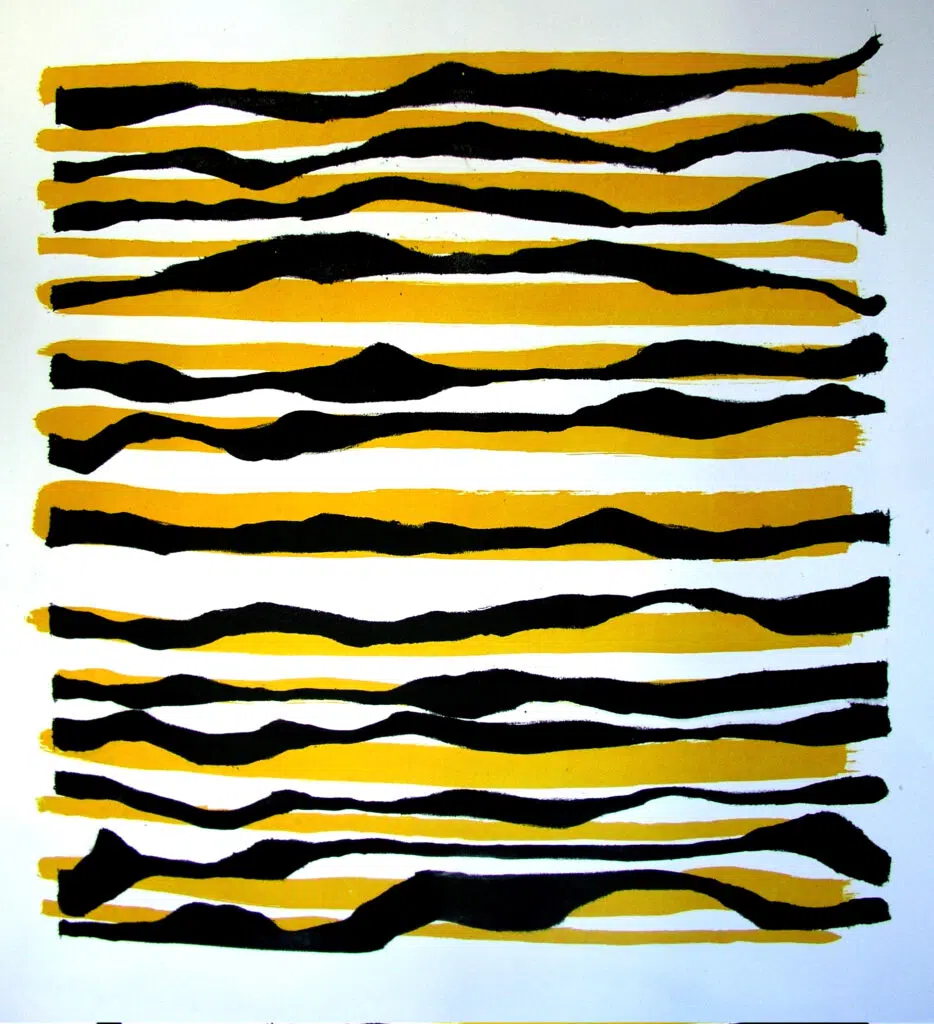
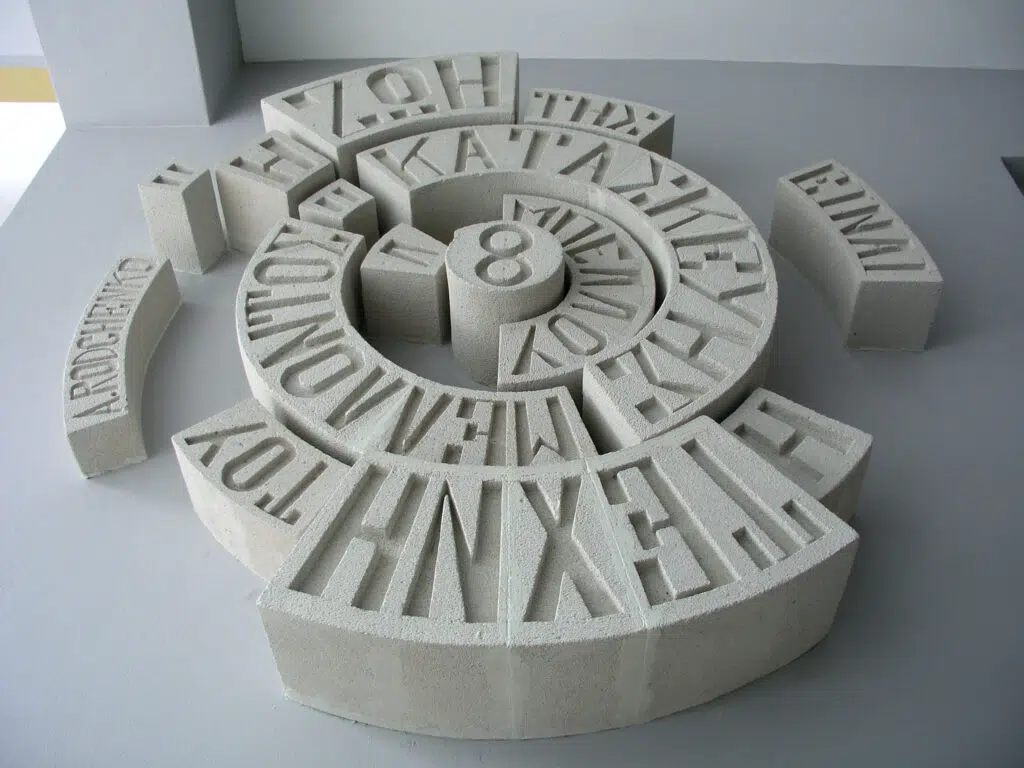
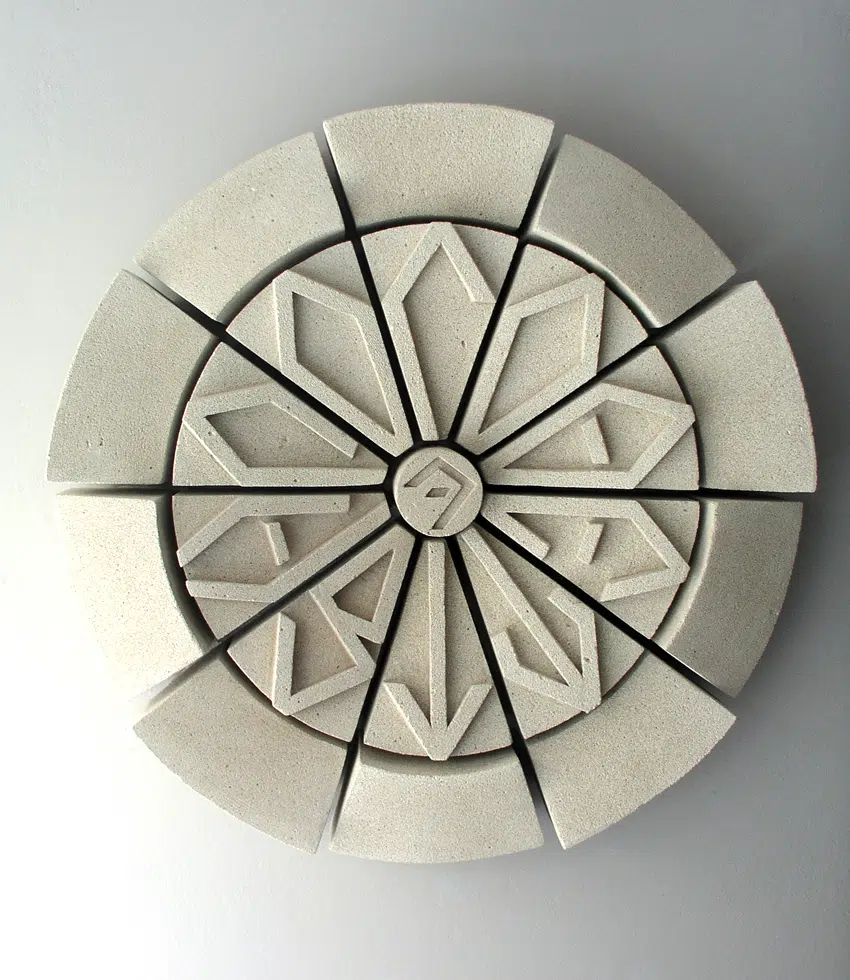
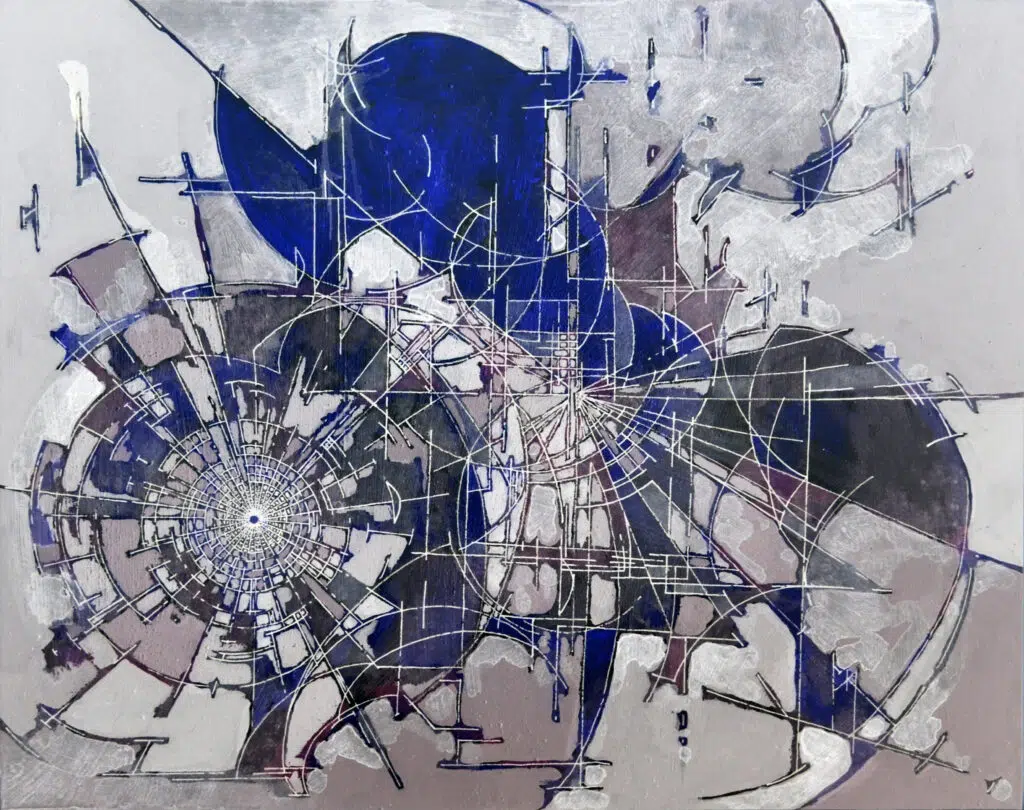
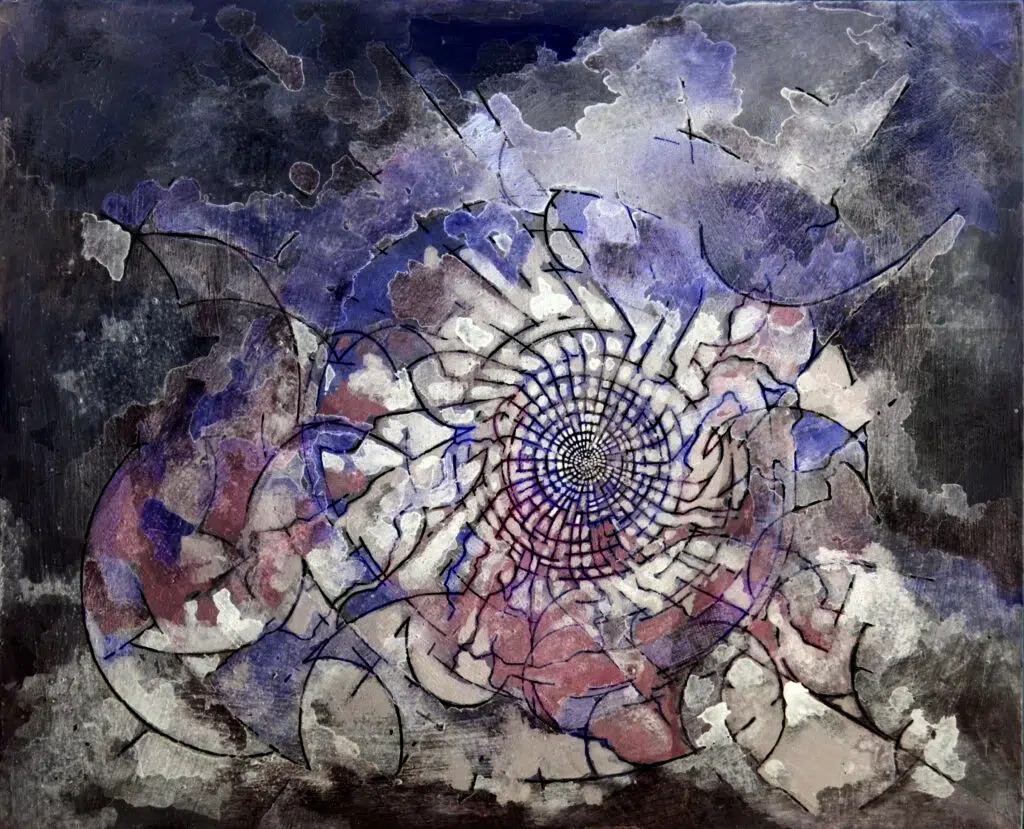
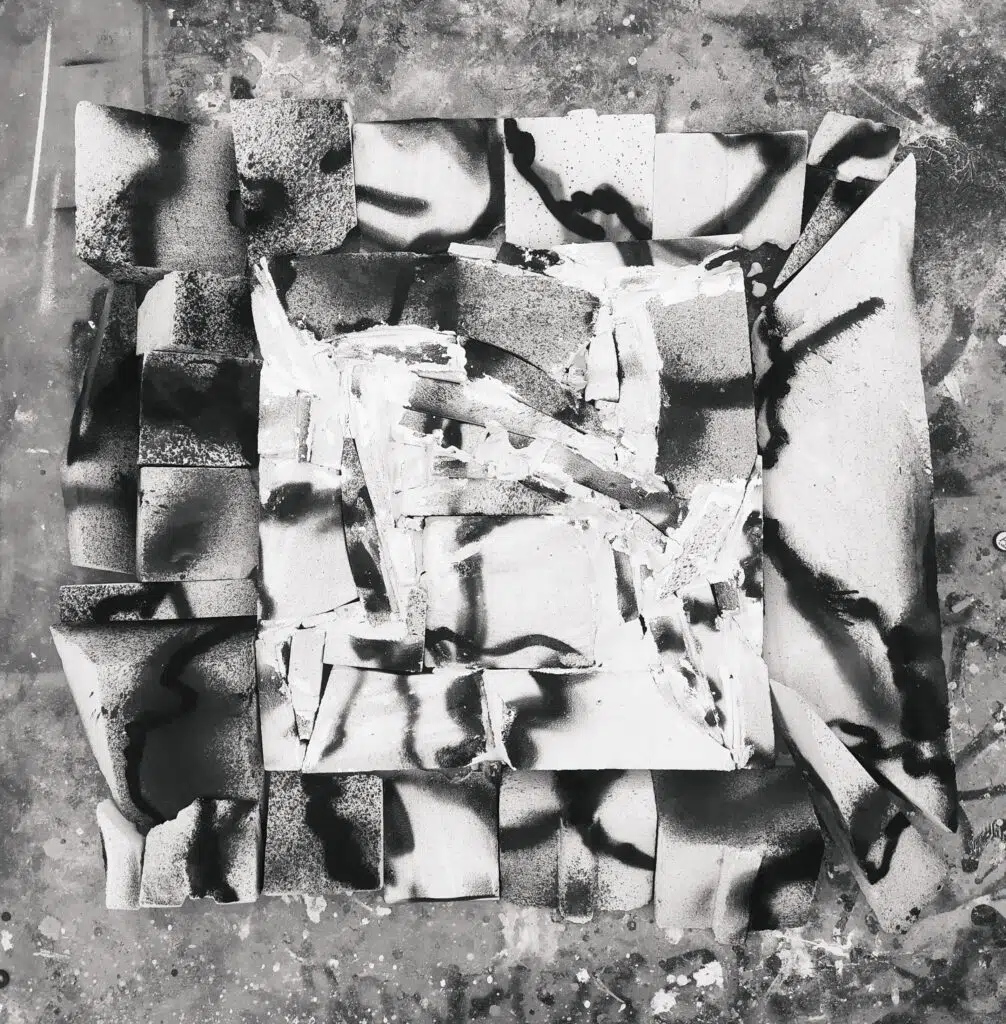
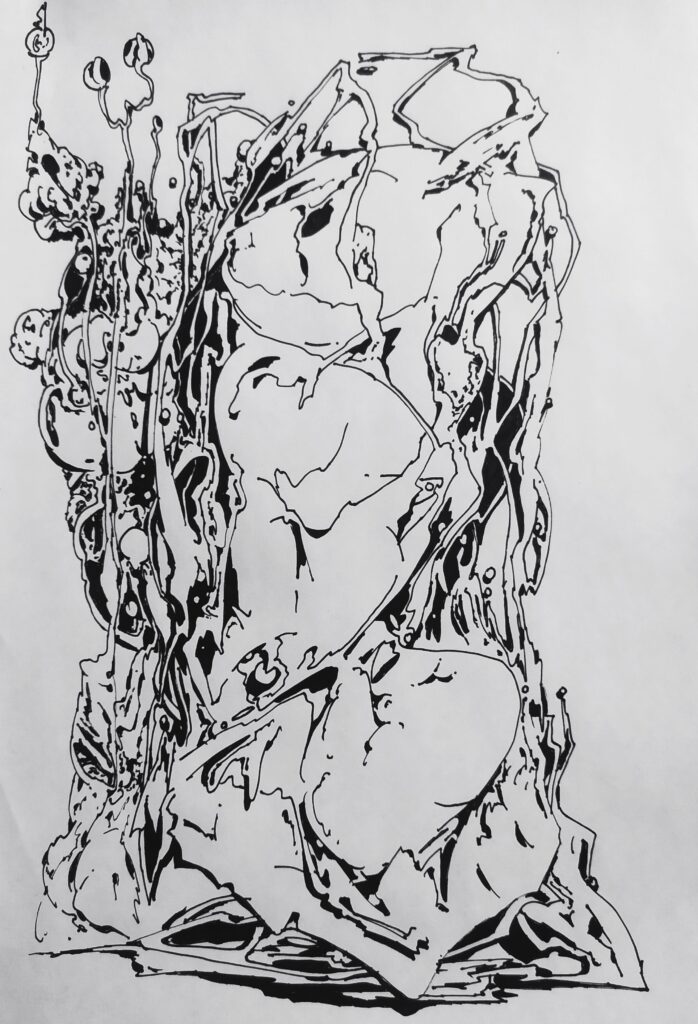
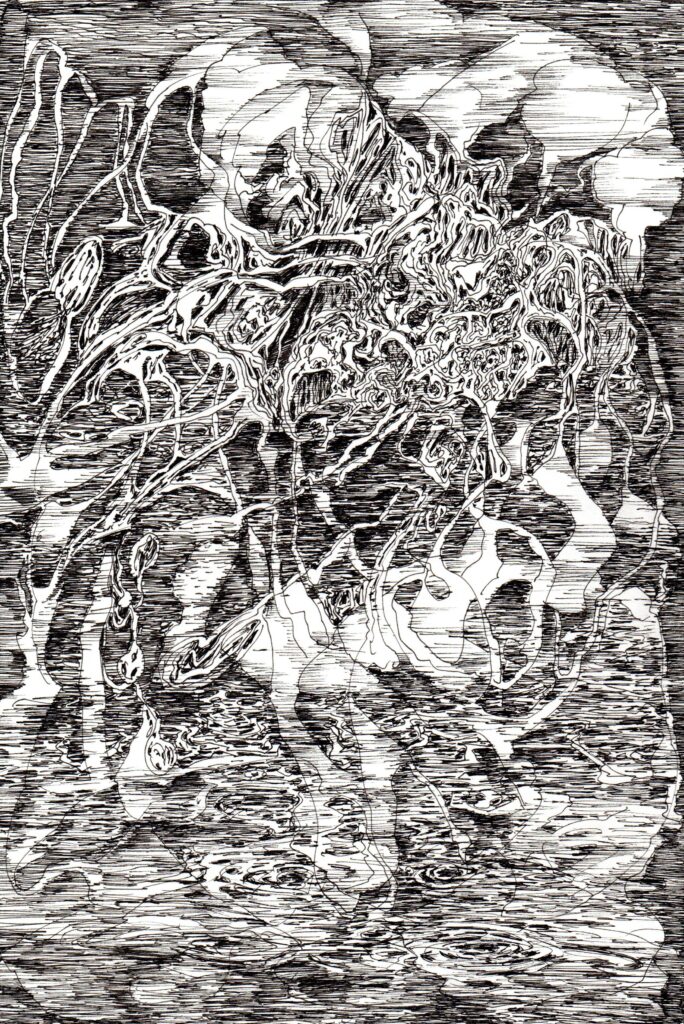
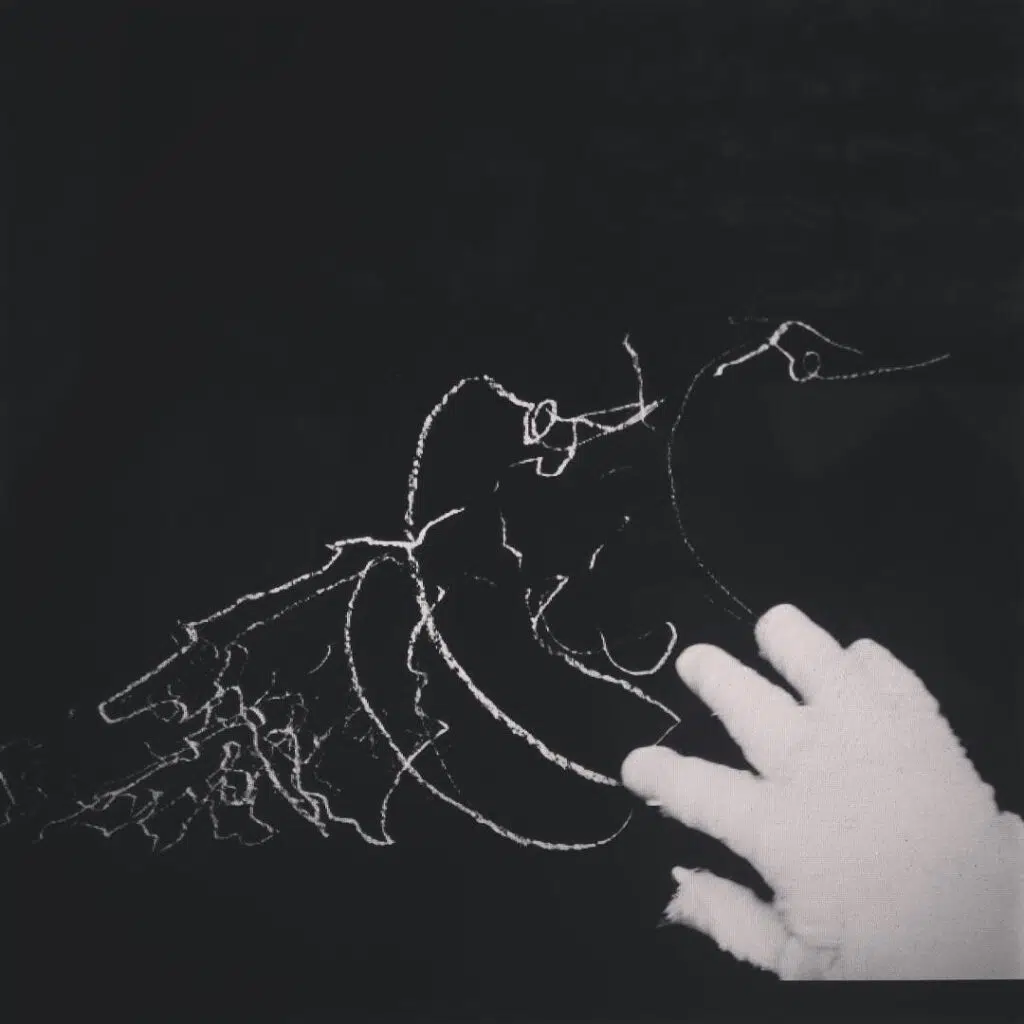
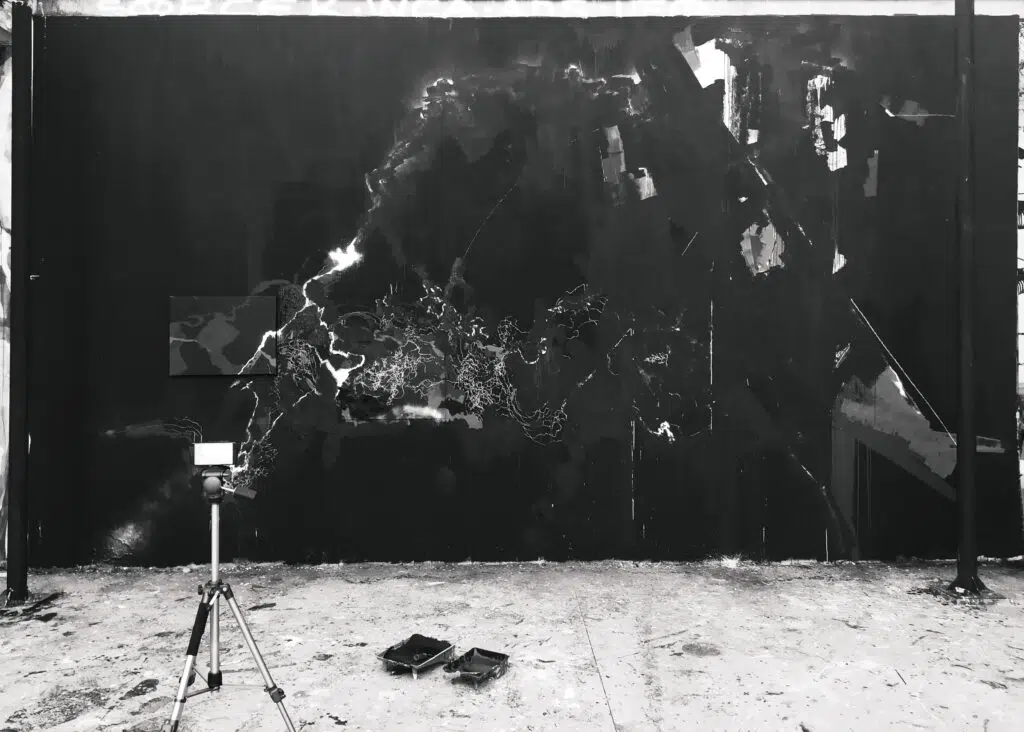
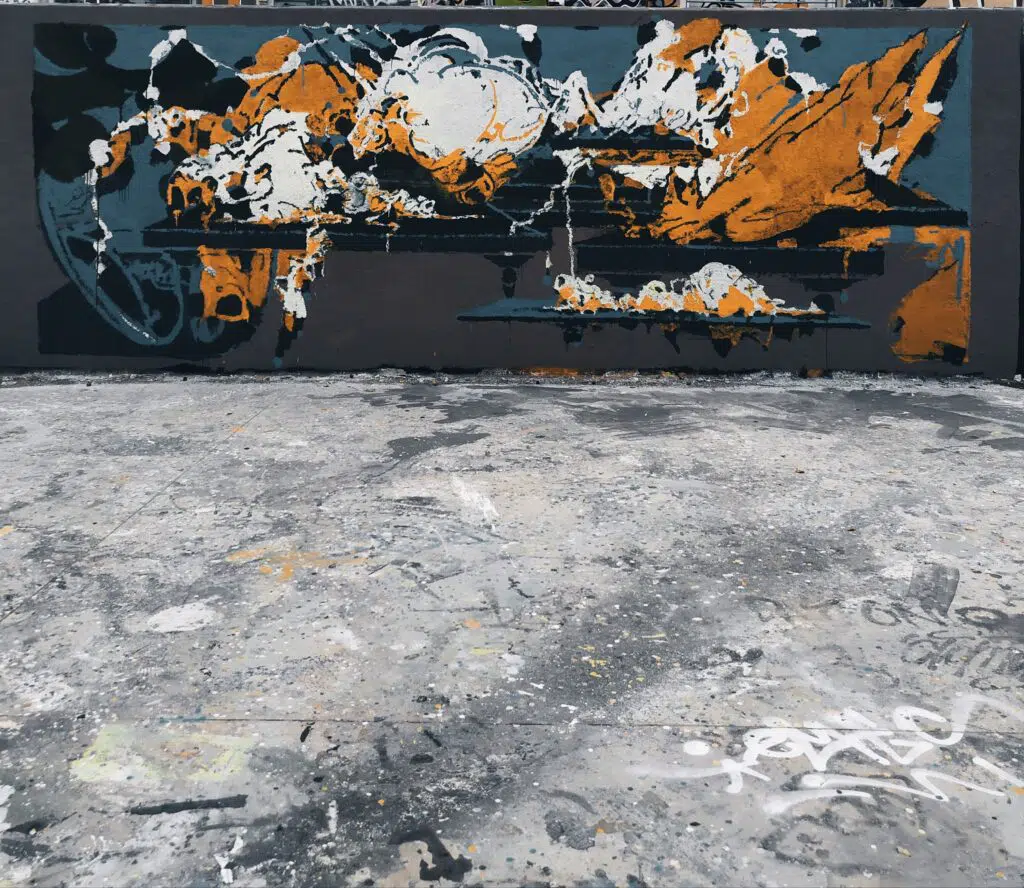
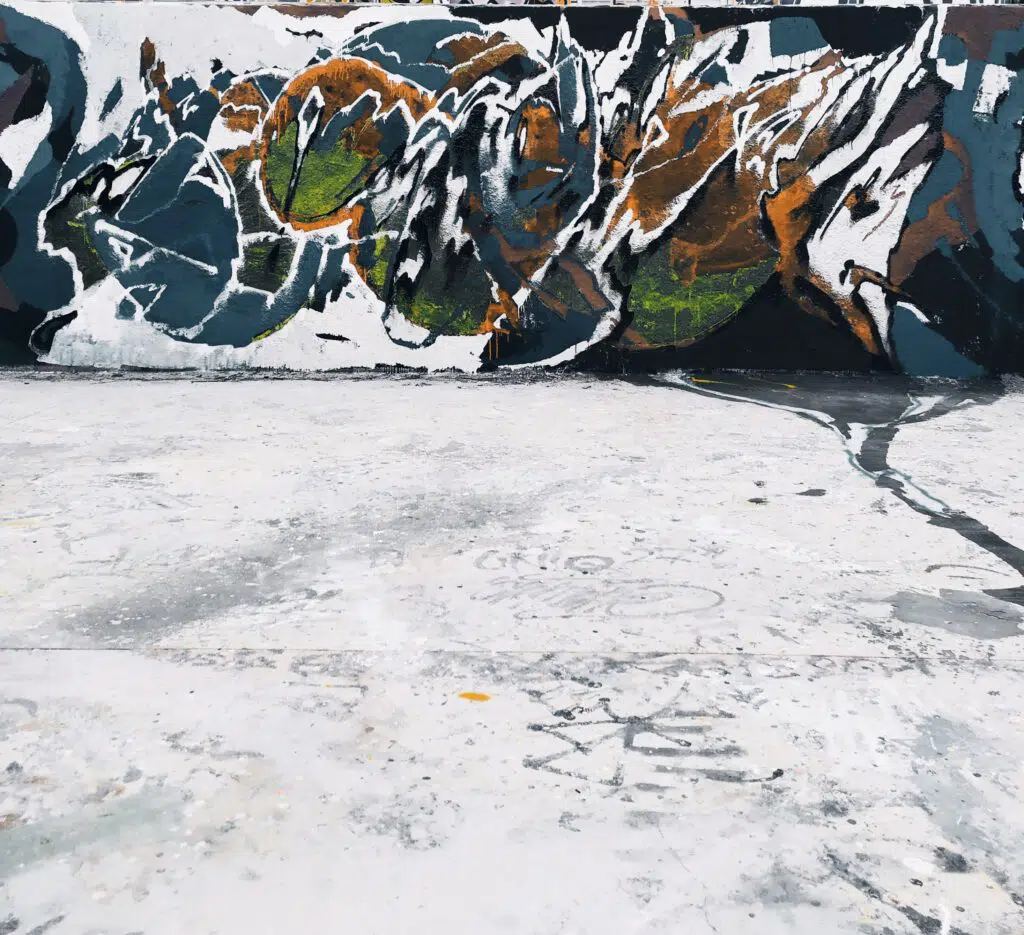
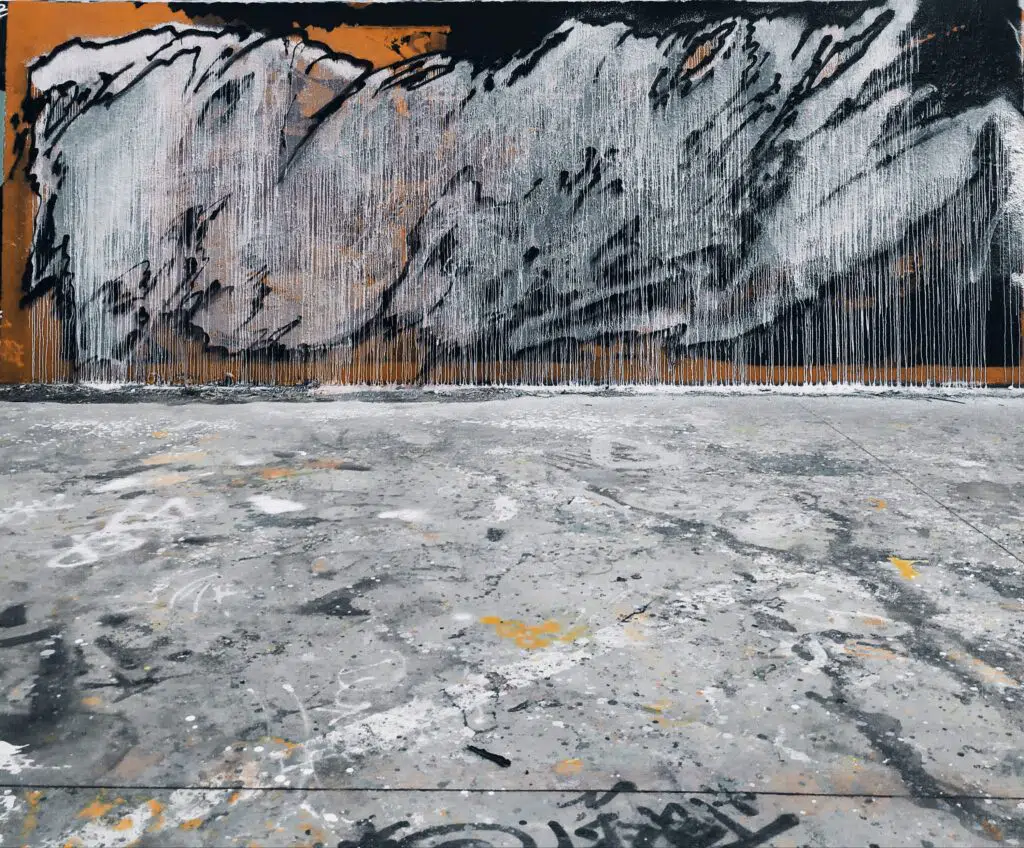
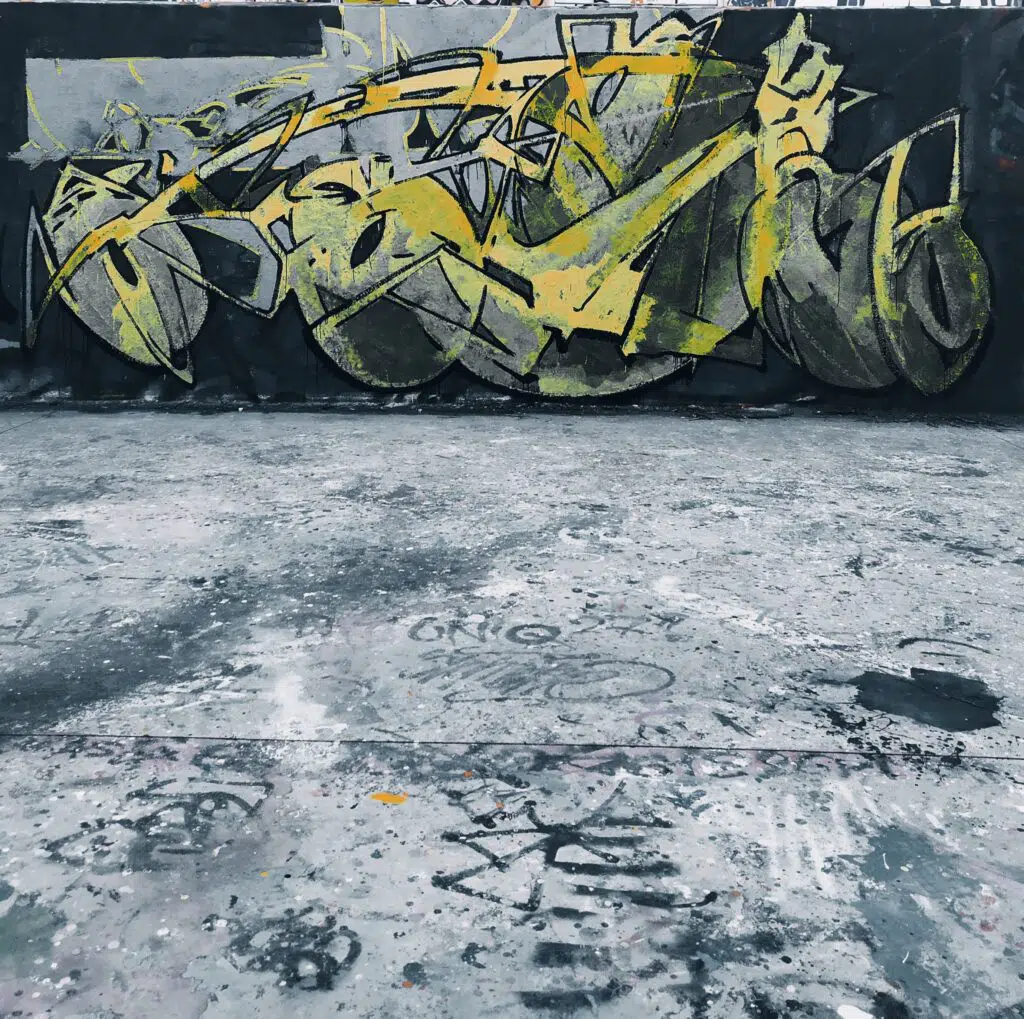
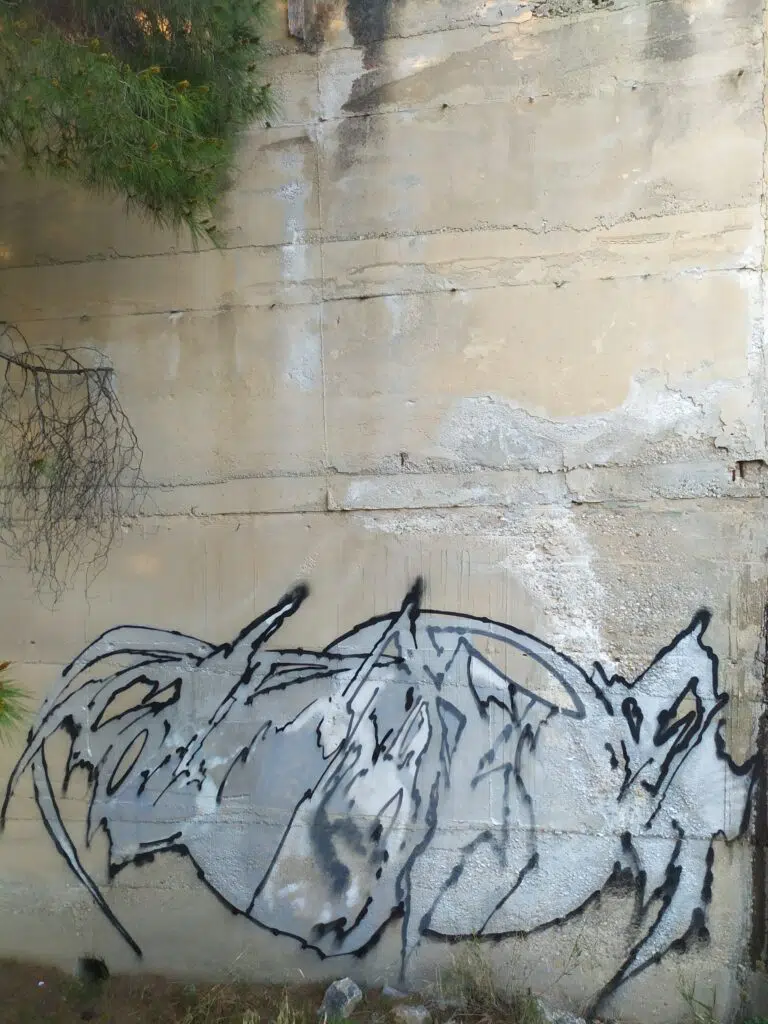
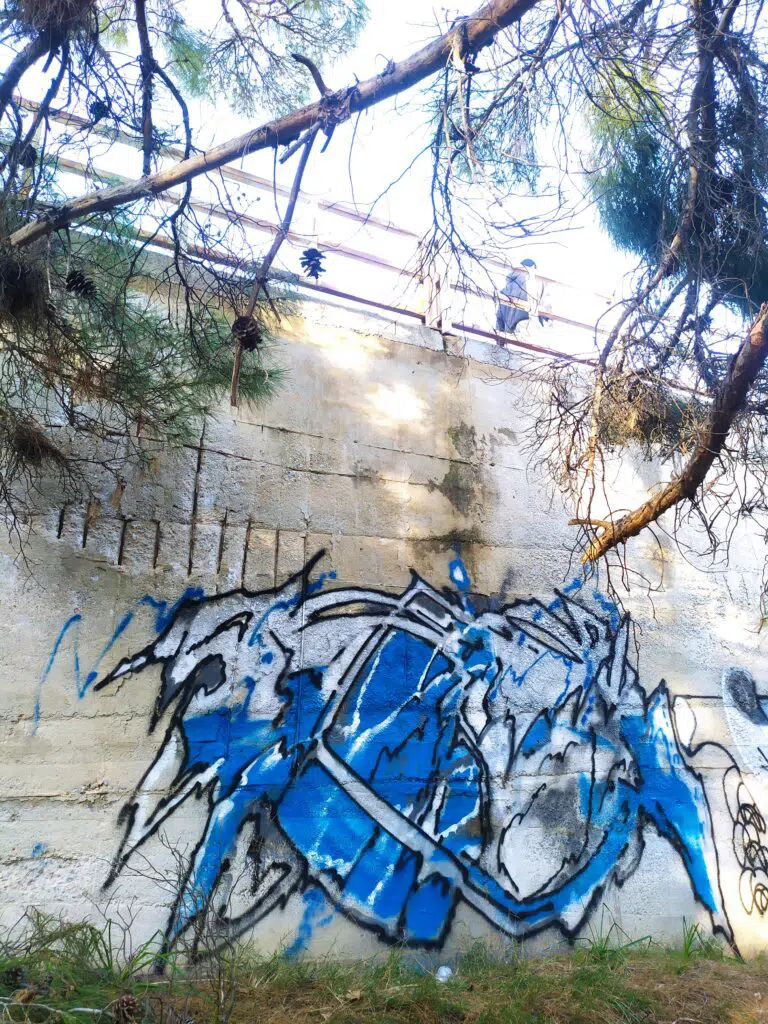
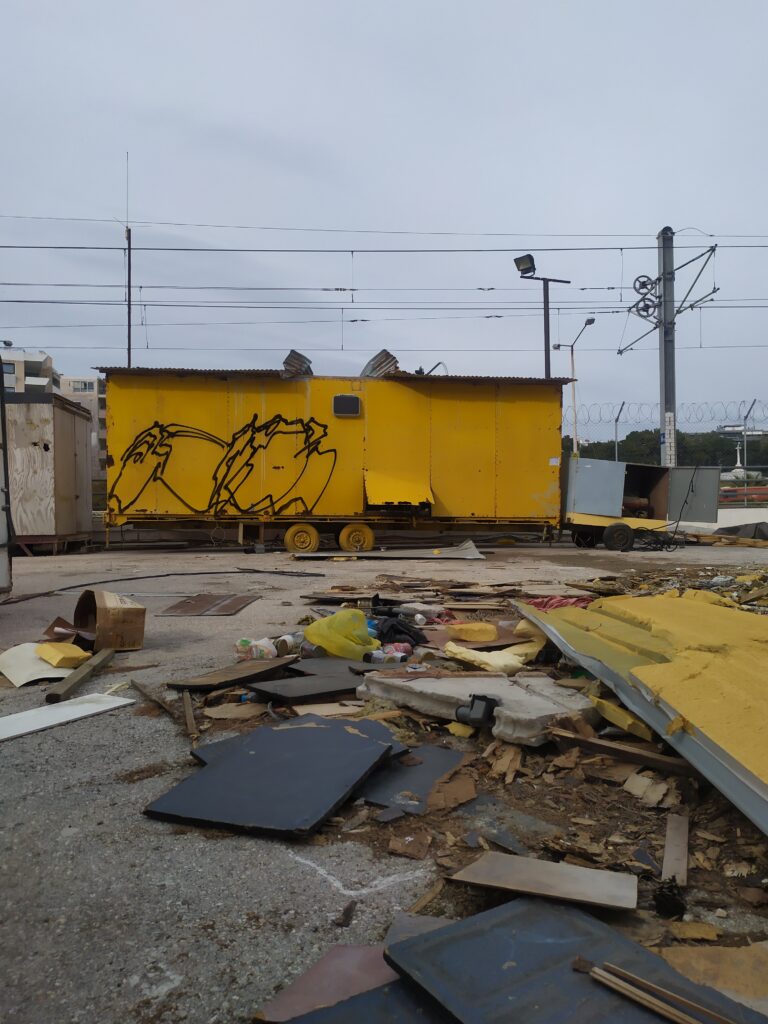
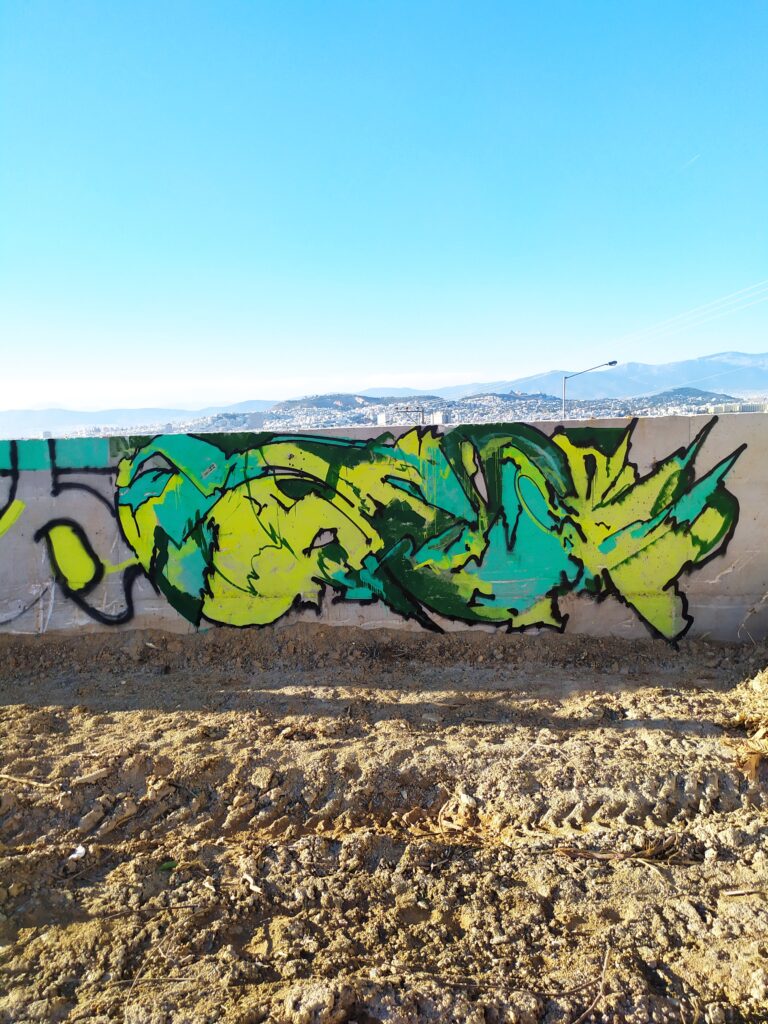
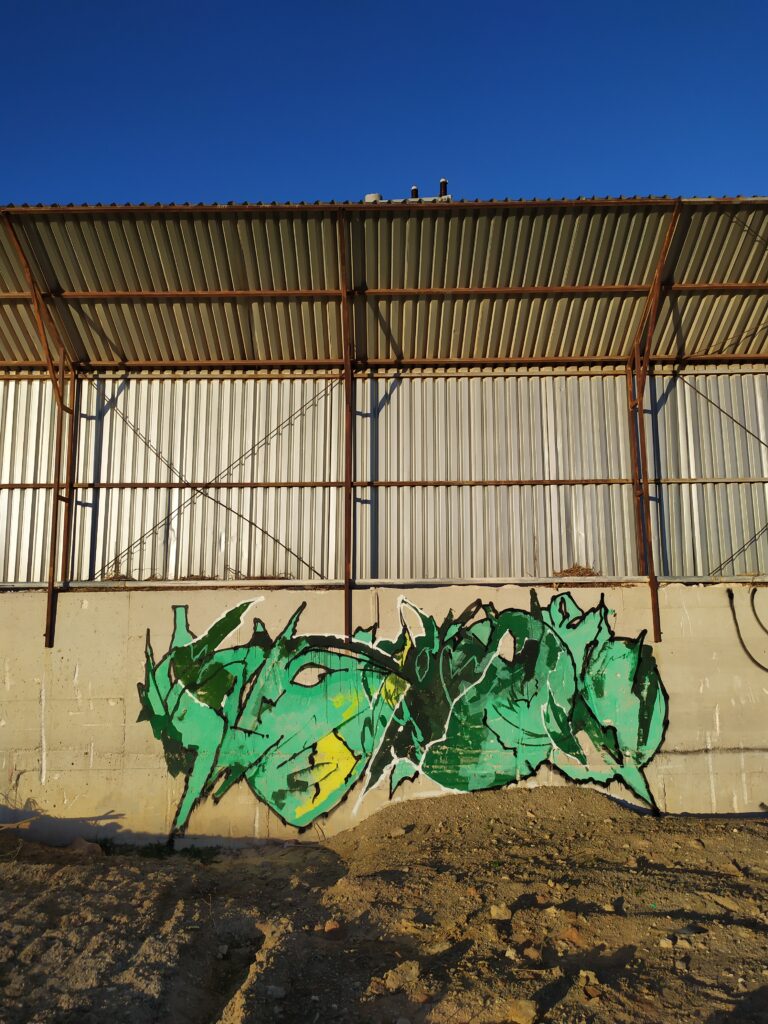
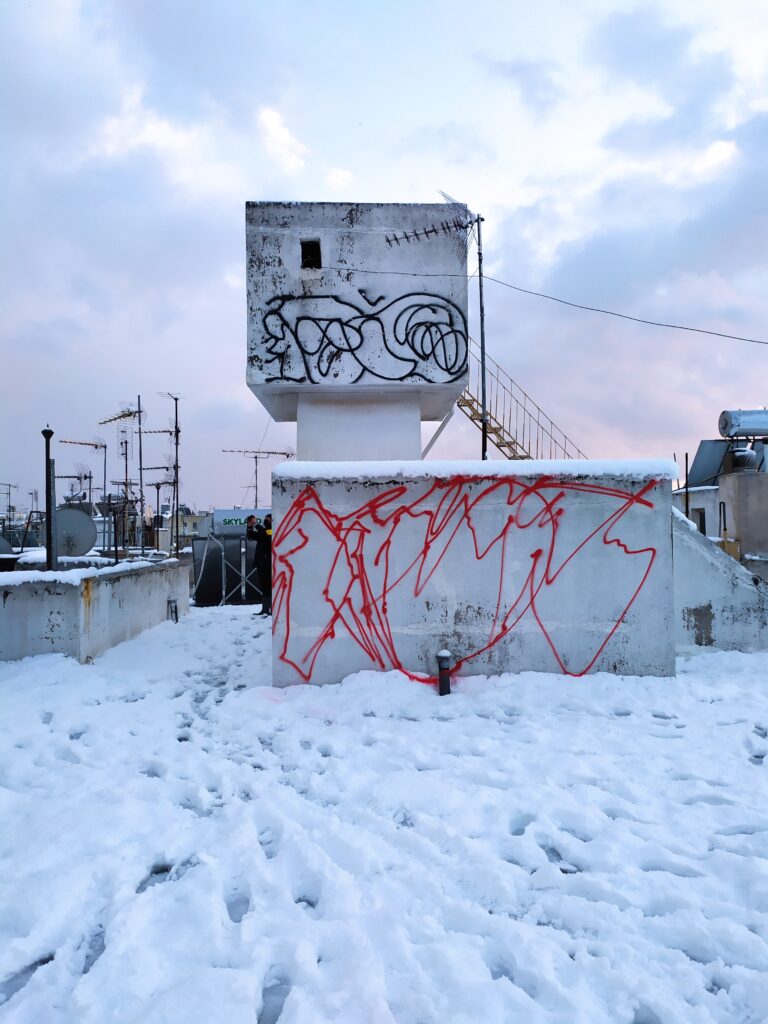
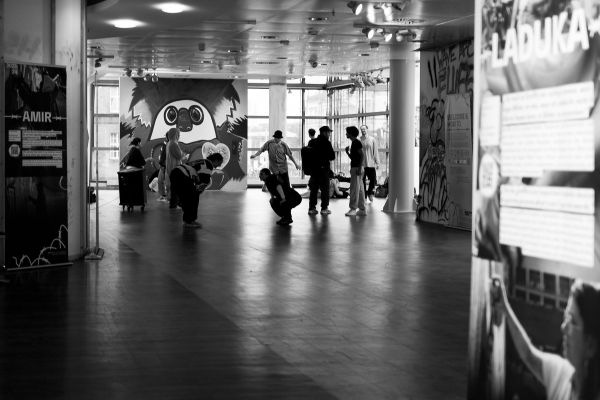
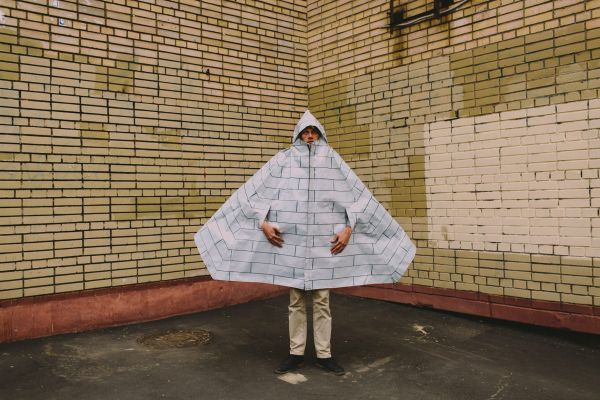
Leave a Reply